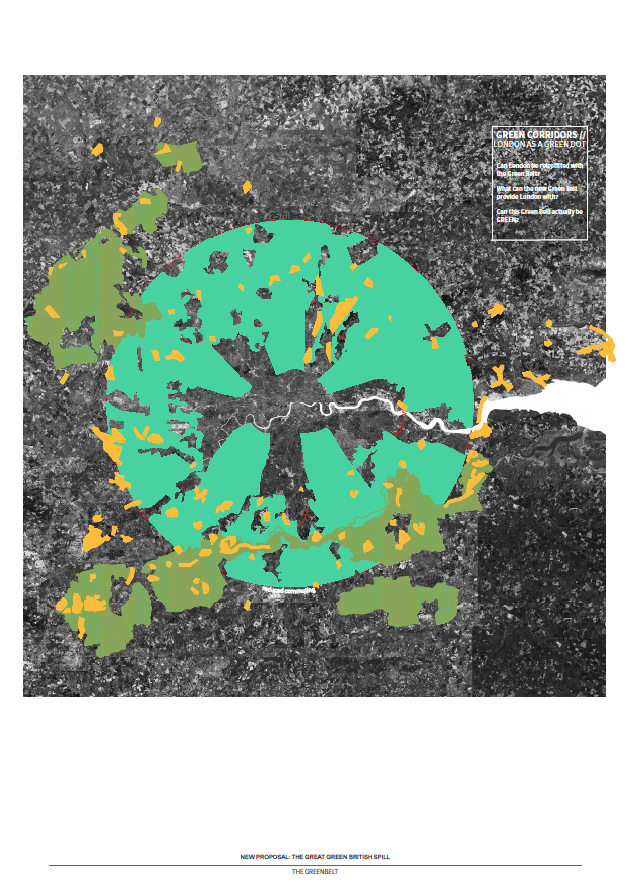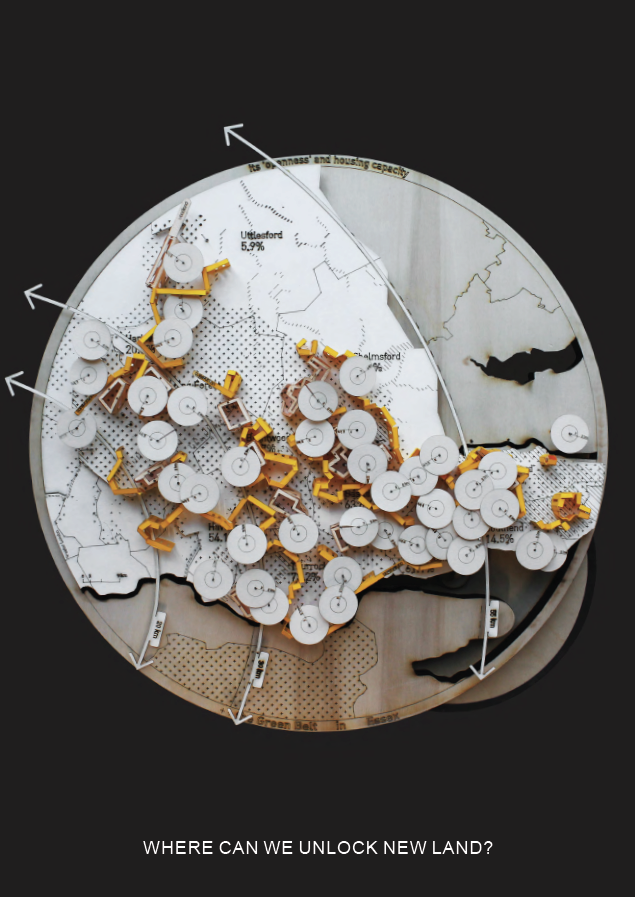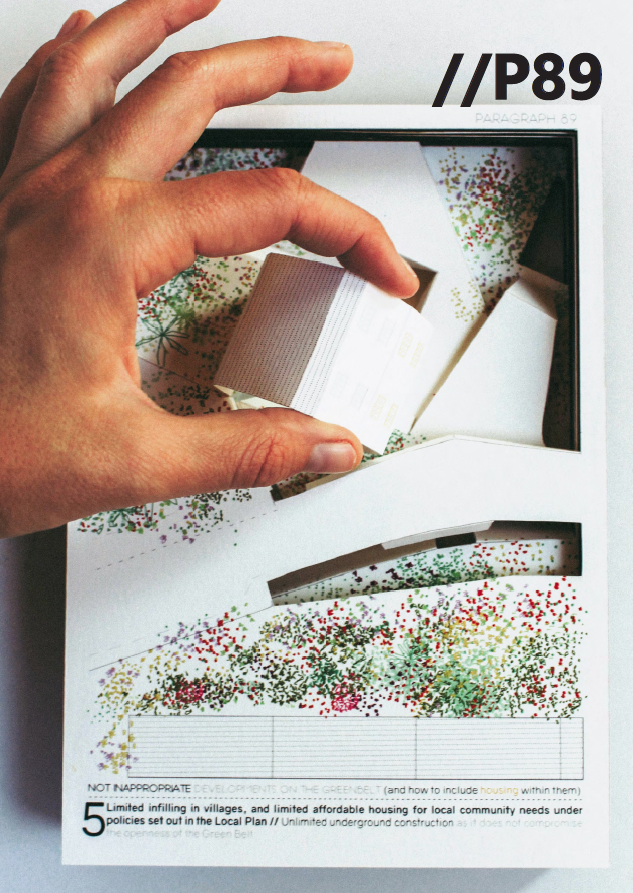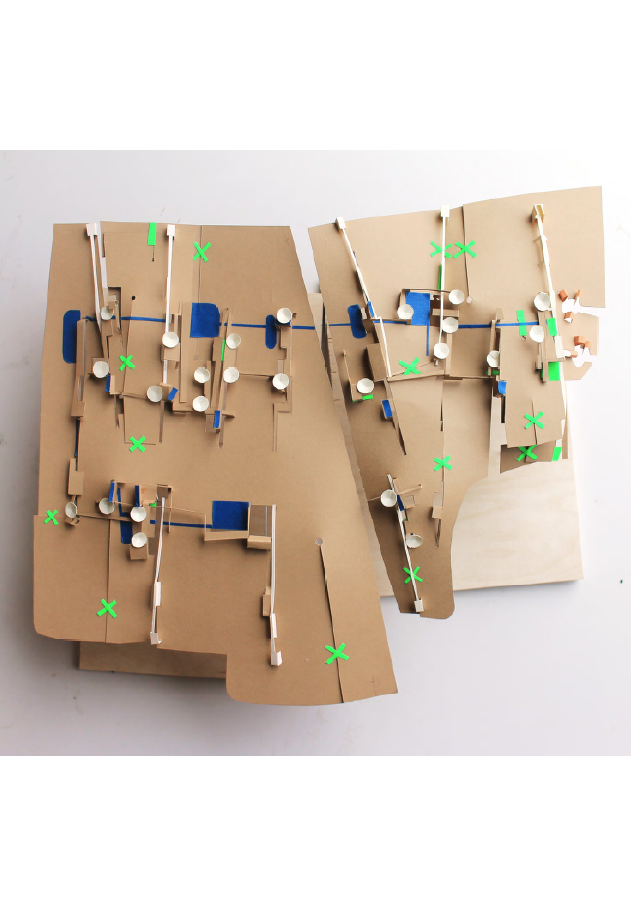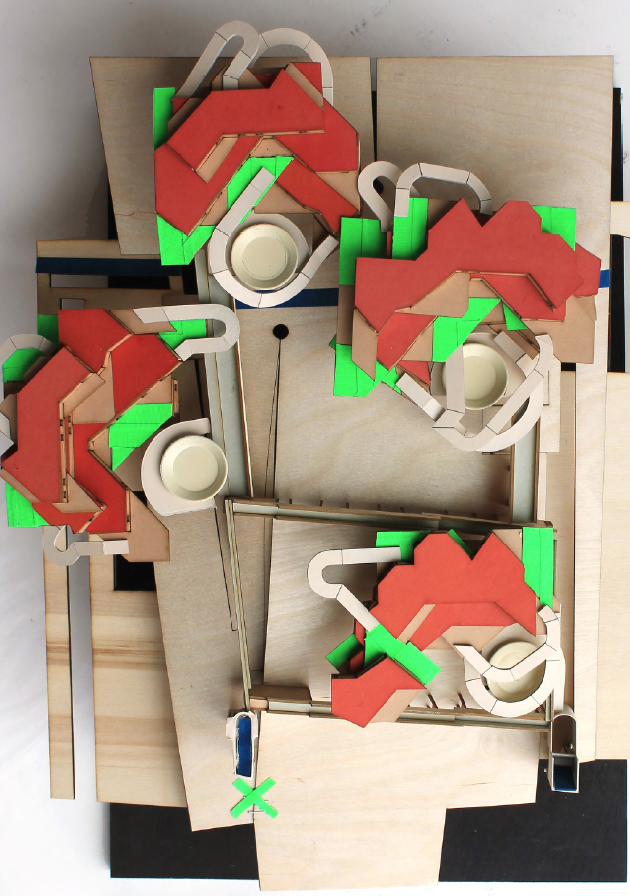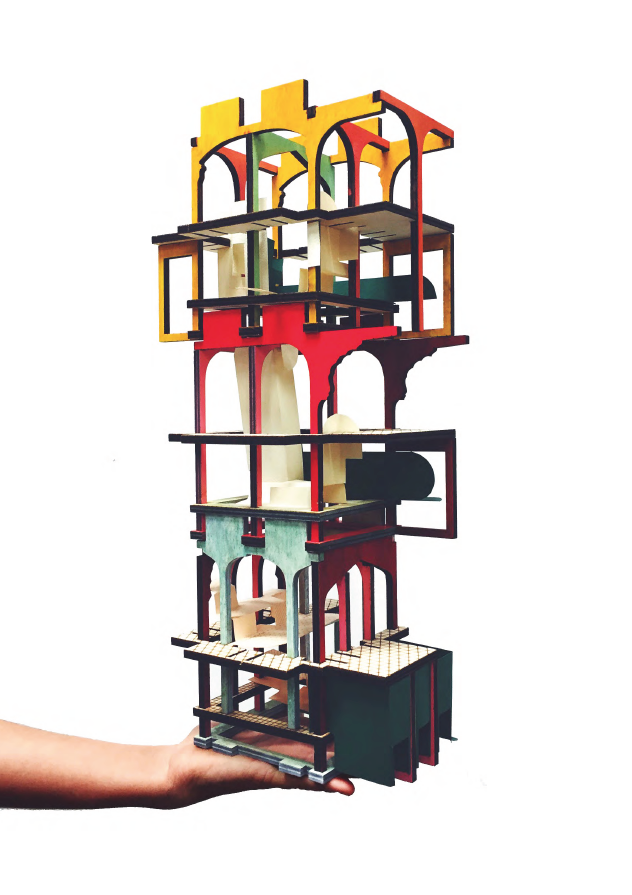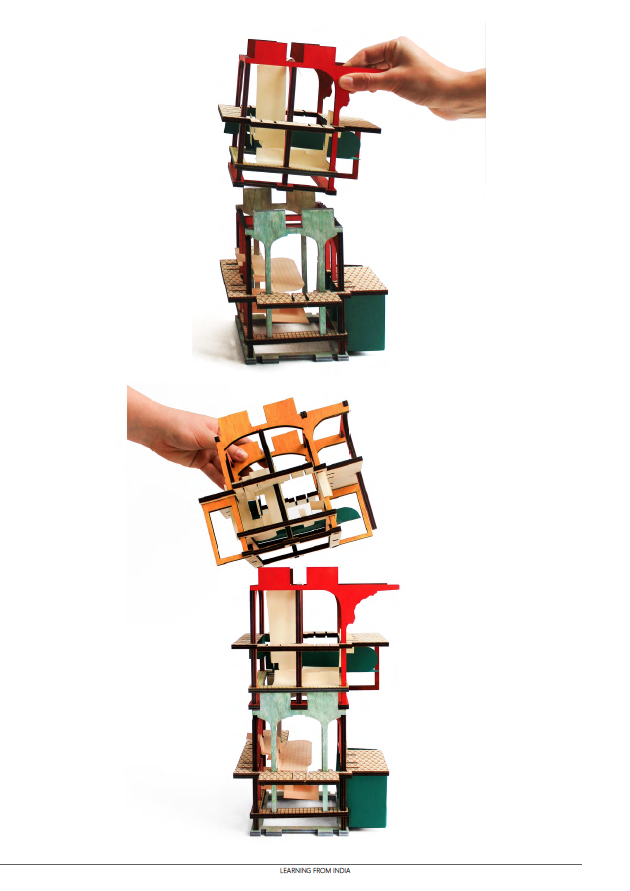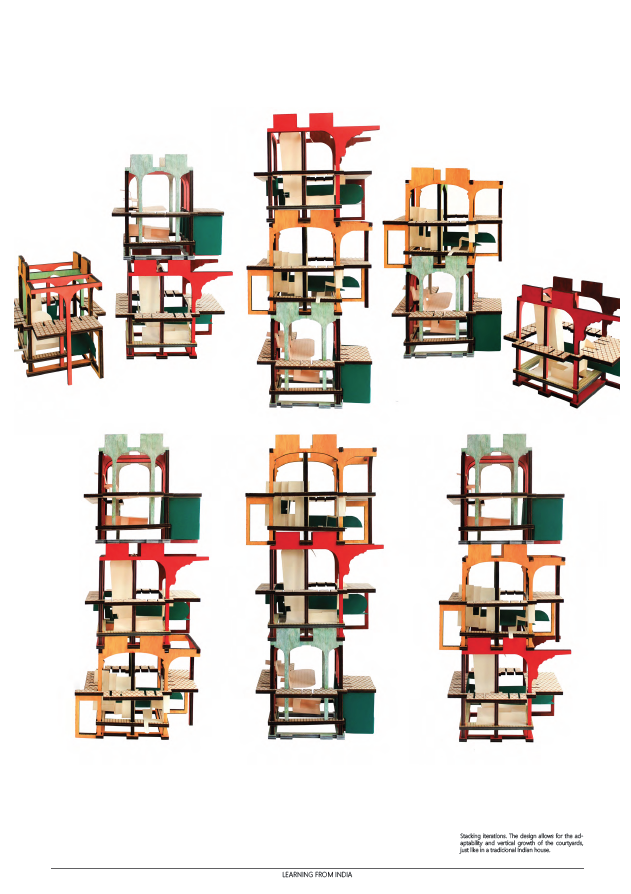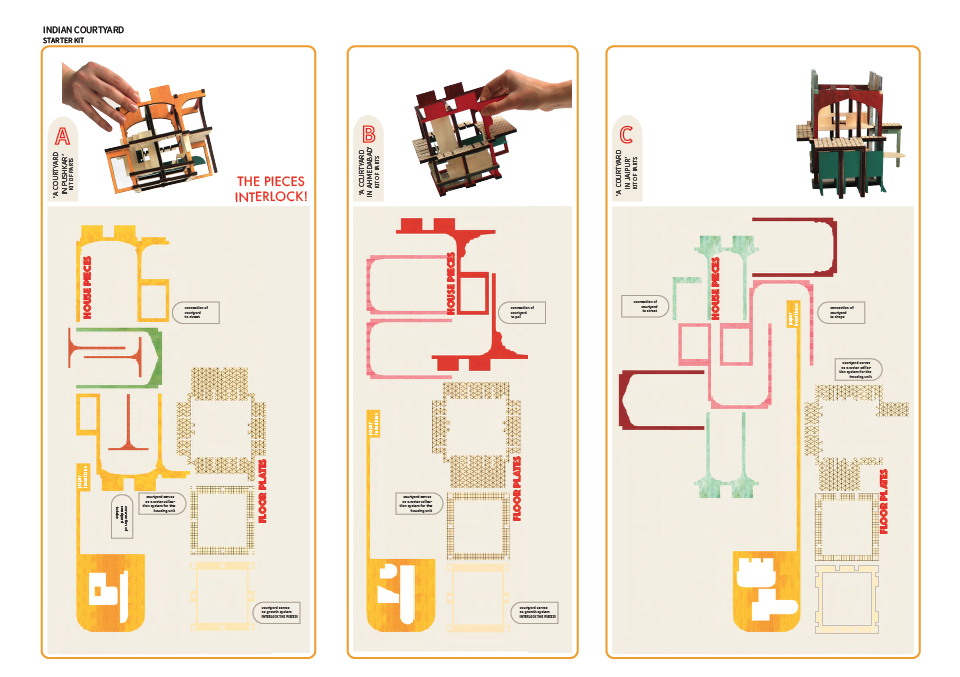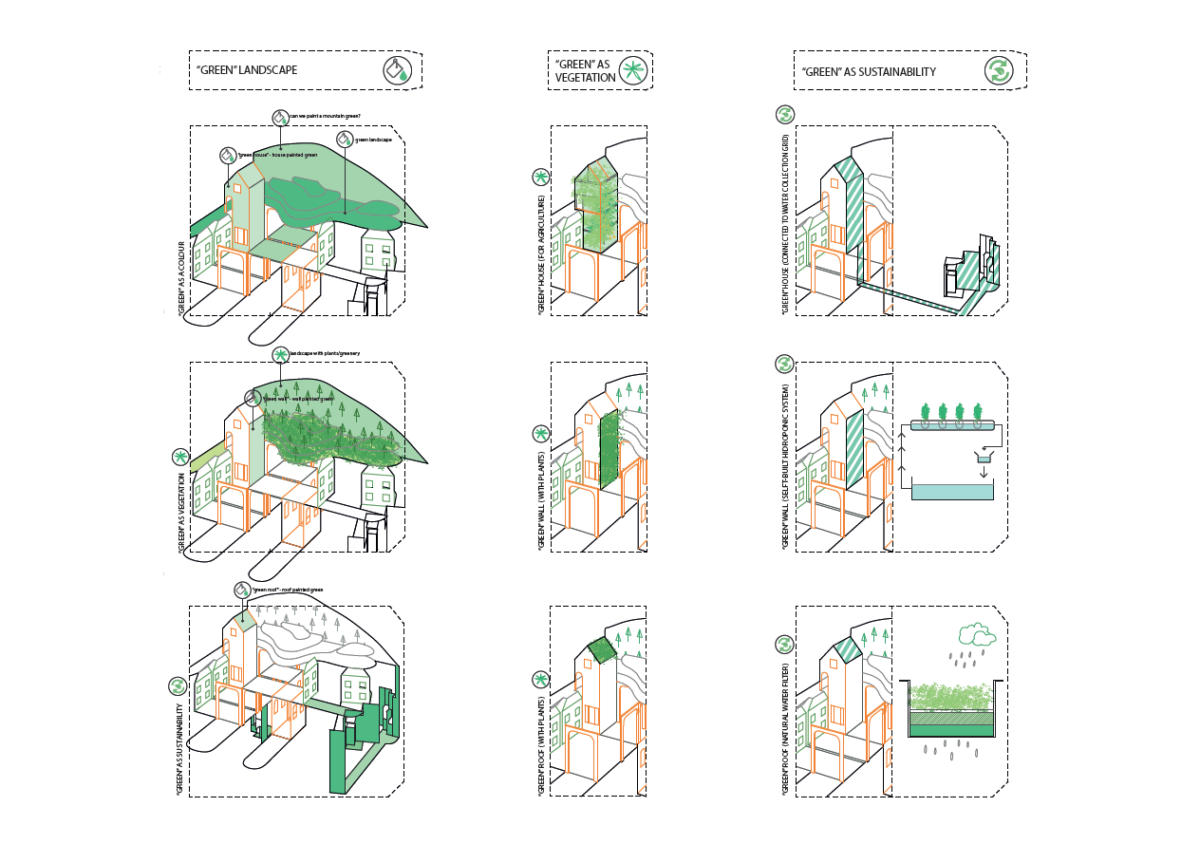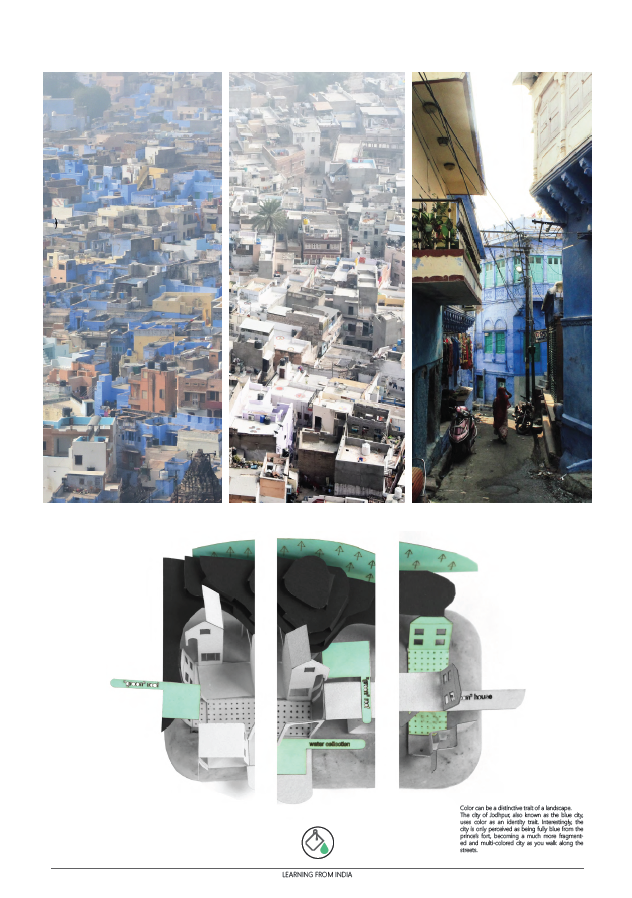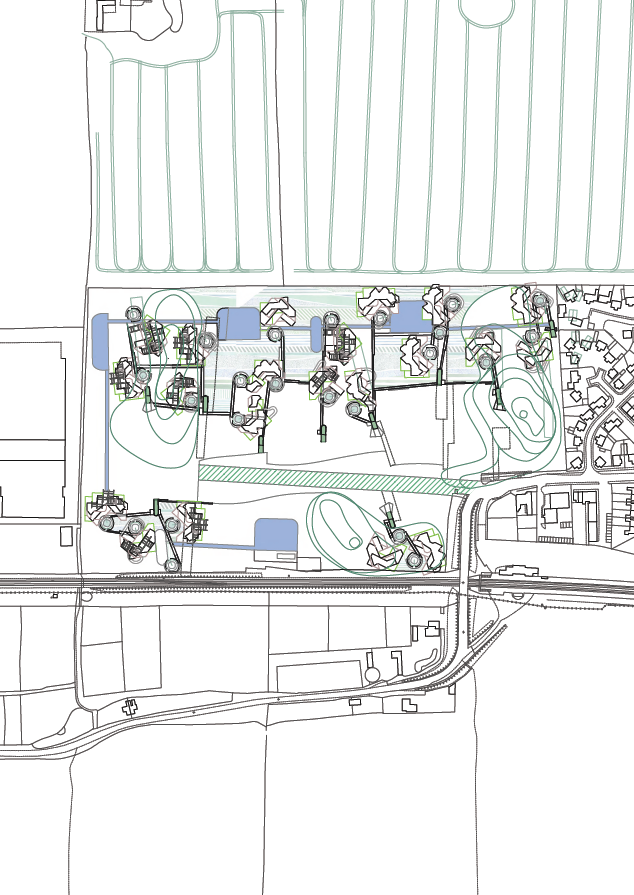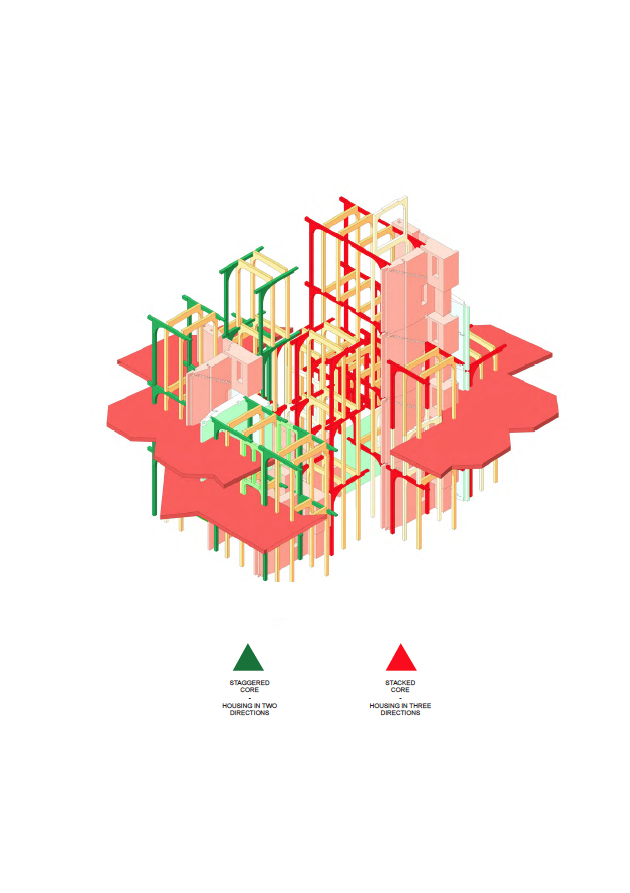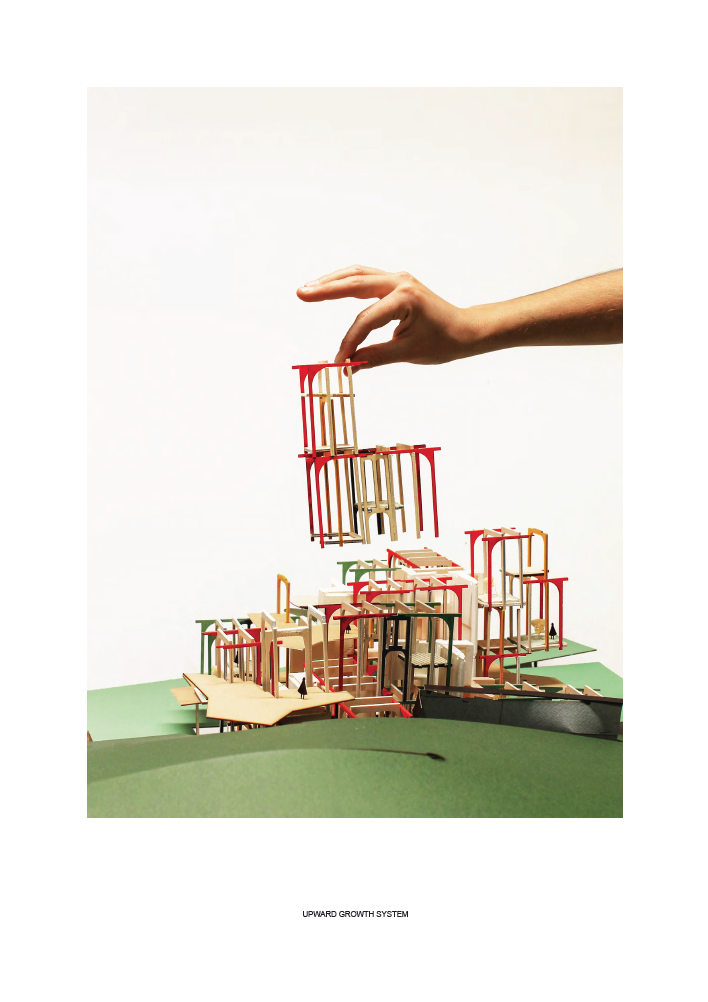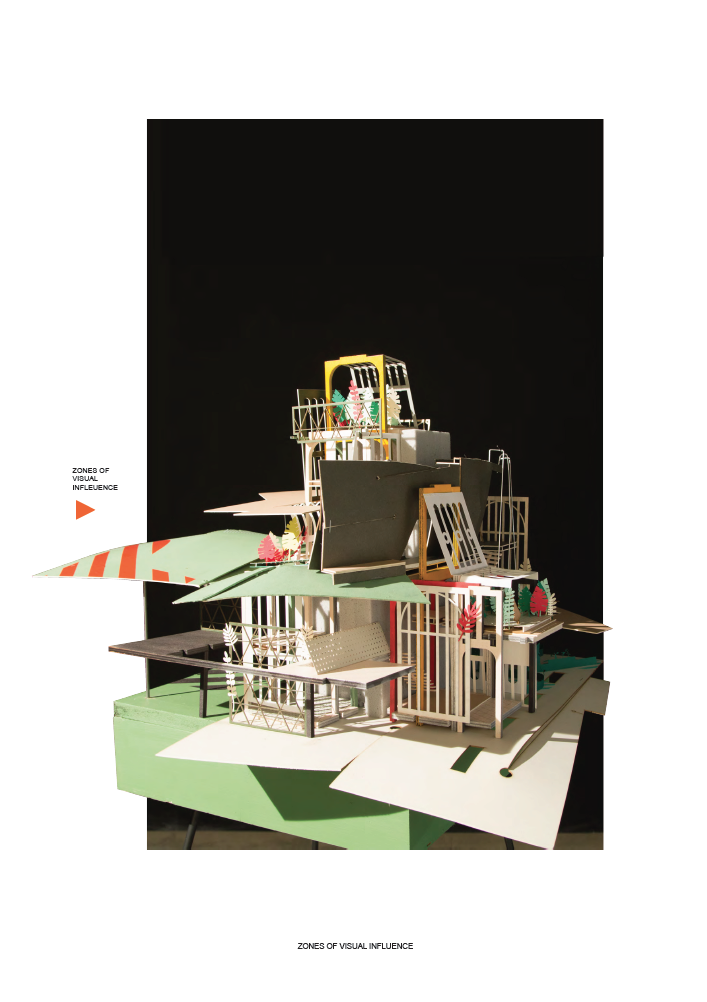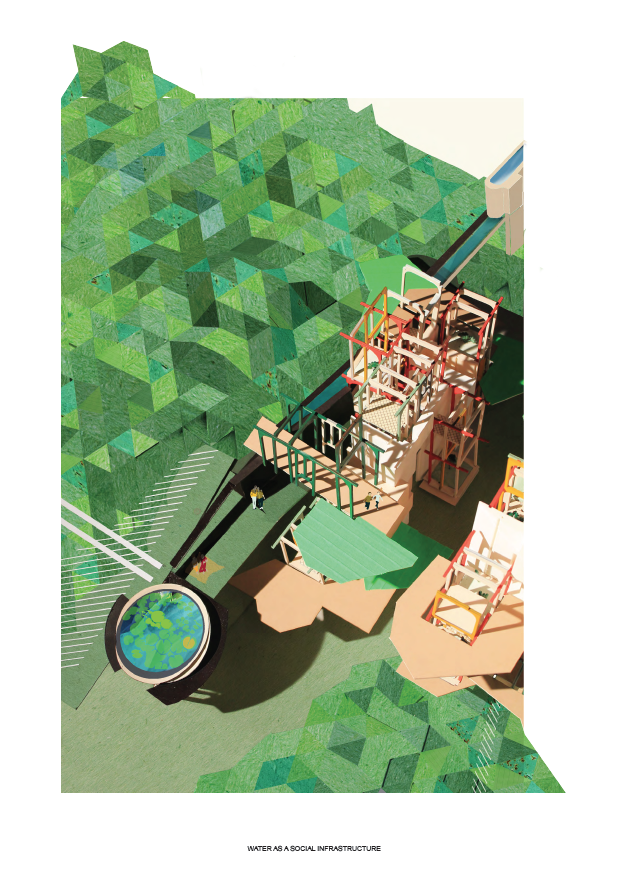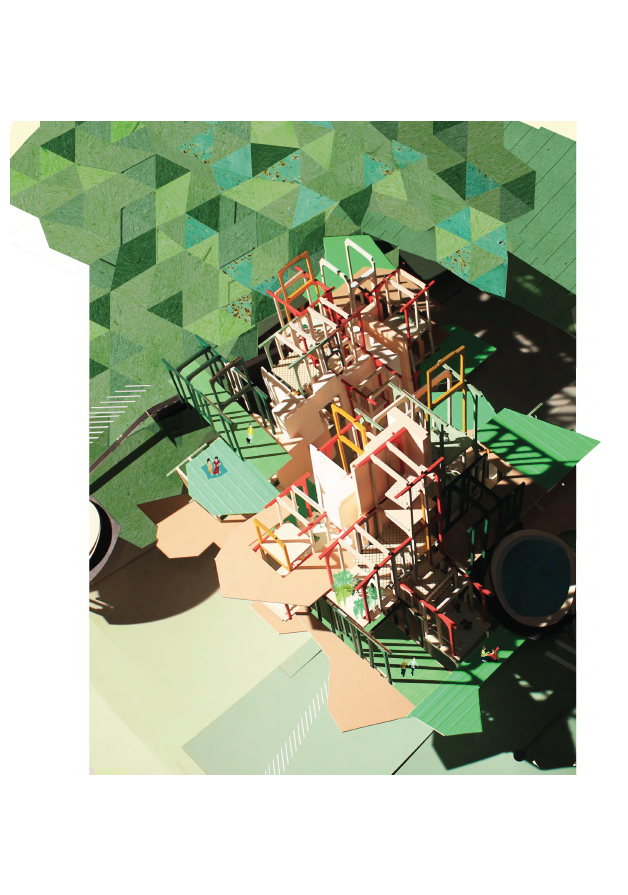Category: 2018
PG13_Hinterlands

In the past two years we explored the ‘Hinterlands’ of the Bata Estate in East Tilbury. This year we explore Essex further – either as your site for each project or as inspiration for a broader investigation into how we inhabit spaces.
The way we are living and inhabiting spaces is not fixed; it is in a constant flux – changing not only with fashions but along subtle changes in culture, economics, the social fabric, and ever more importantly how sustainable the built structures are we are living in. Surprisingly the dream of the single family detached dwelling is still very much alive – set in a perfect arcadian rural or suburbian landscape.
Cities used to be heavily dependent on the surrounding land for the supply of food. Slowly our structures within our society are shifting, the work environment is changing, the way we supply ourselves with the necessary provisions can be challenged – ‘off grid’ is suddenly no longer something that is perceived at odds with our modern way of life.
Over the last hundred years, Essex has been a testing ground for a variety of new models of alternative inhabitations and communities. From the Plotlanders leaving the city behind occupying and dwelling in simple sheds, to the company towns of Bata shoes in East Tilbury, the Critall Window Factory town of Silver End, the Hadley Colony for the poor, the Osea Island community for living without alcohol or drugs, Purleigh Colony – a Tolstoy inspired living on anarchist principles, and of course the famous Permaculture Anarchist workshops at Dial House – a community set up by the anacho-punk band Crass; the list seems to be endless.
Nowadays Essex has a very different reputation – being known for its TOWIE television series fame, fake blondes with high white stilettos, boy racers, Joey Essex with his ultra Trumpian tan, and a youth wasted in the Lakeside Shopping Centre or the Festival Leisure Centre in Basildon affectionately been called ‘Bas Vegas’. Instead of repairing this broken suburbia, we are interested in ways this abandoned industrial landscapes can be used to create a different way of living. Each approach is different, all readings are personal, every solution is being driven by innovation. Unit13 is interested in how we inhabit spaces and cities, what forms new communities can take on, how technology and production can drive this progress and where a different way of procurement can lead us.
We would like to thank:
Rae Whittow-Williams DR Practice Tutor
Toby Ronalds DR Structural Tutor
and Samson Adjei, Barbara Campbell-Lange, Ed Denison, Ed Farndale, Andy Friend, Christine Hawley, Simon Herron, Inigo Minns, Matt Lucraft, Thomas Parker, Guan Yu Ren, Nikolas Travasaros, Paolo Zaide for their support.

Tollesbury Monitoring Station, Essex
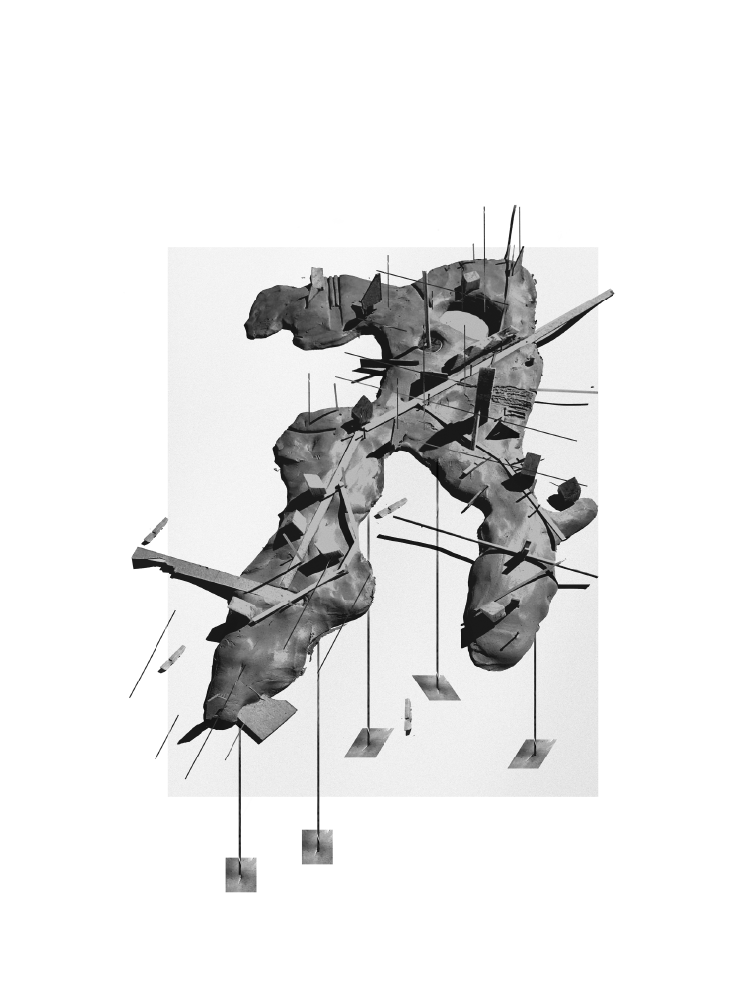
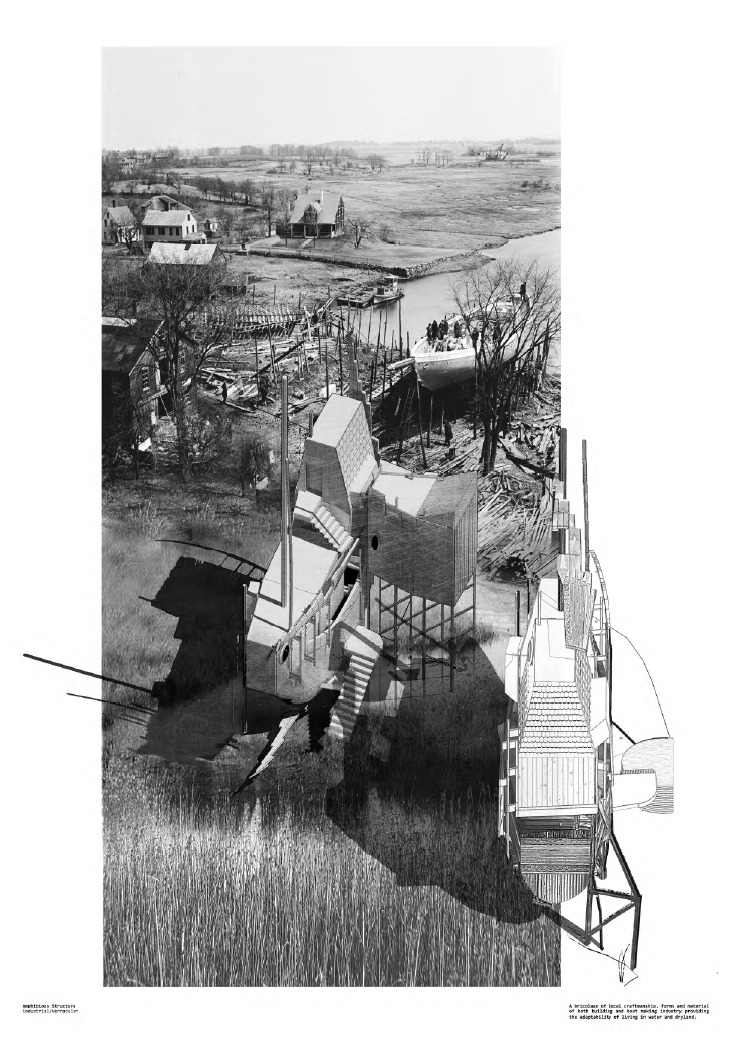
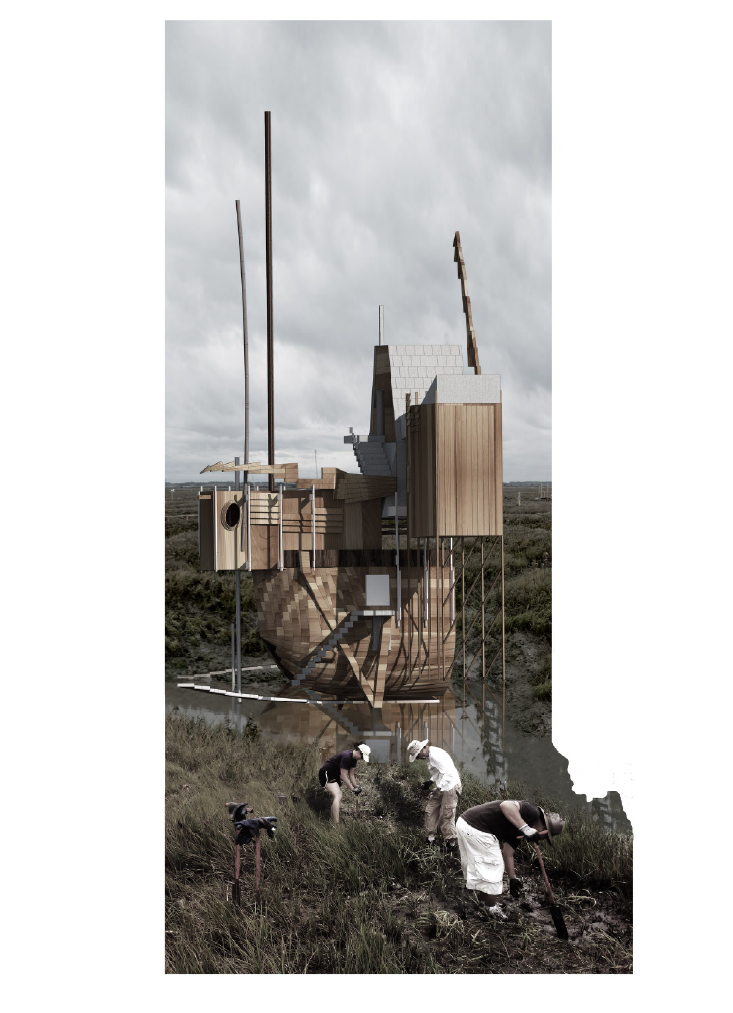
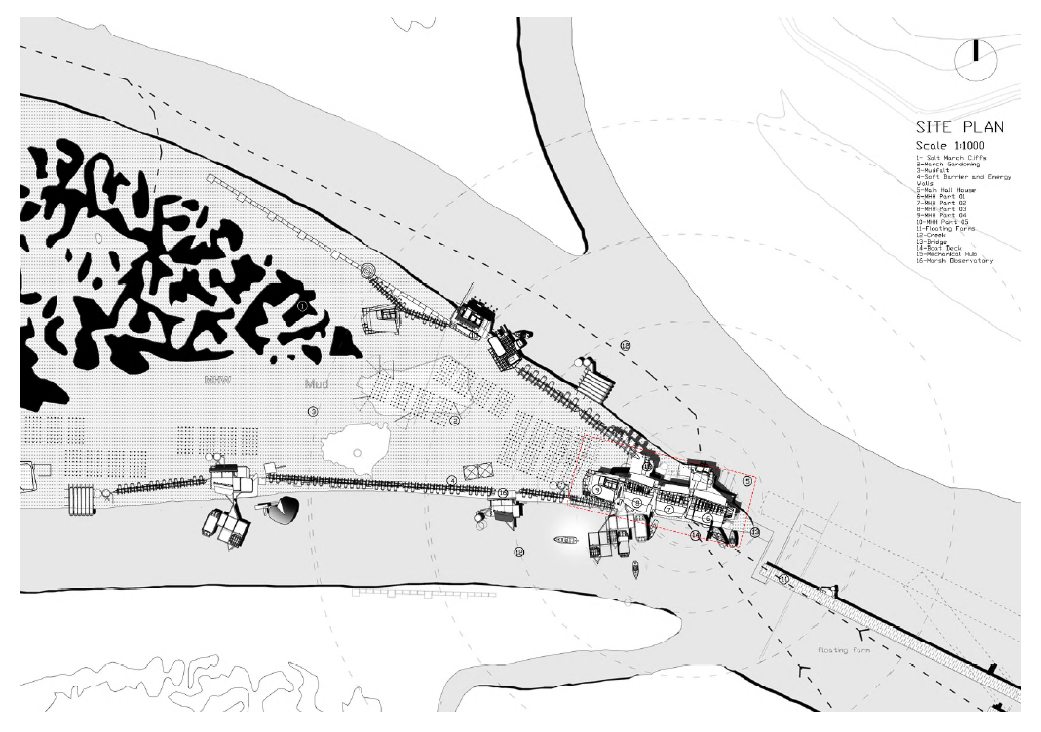
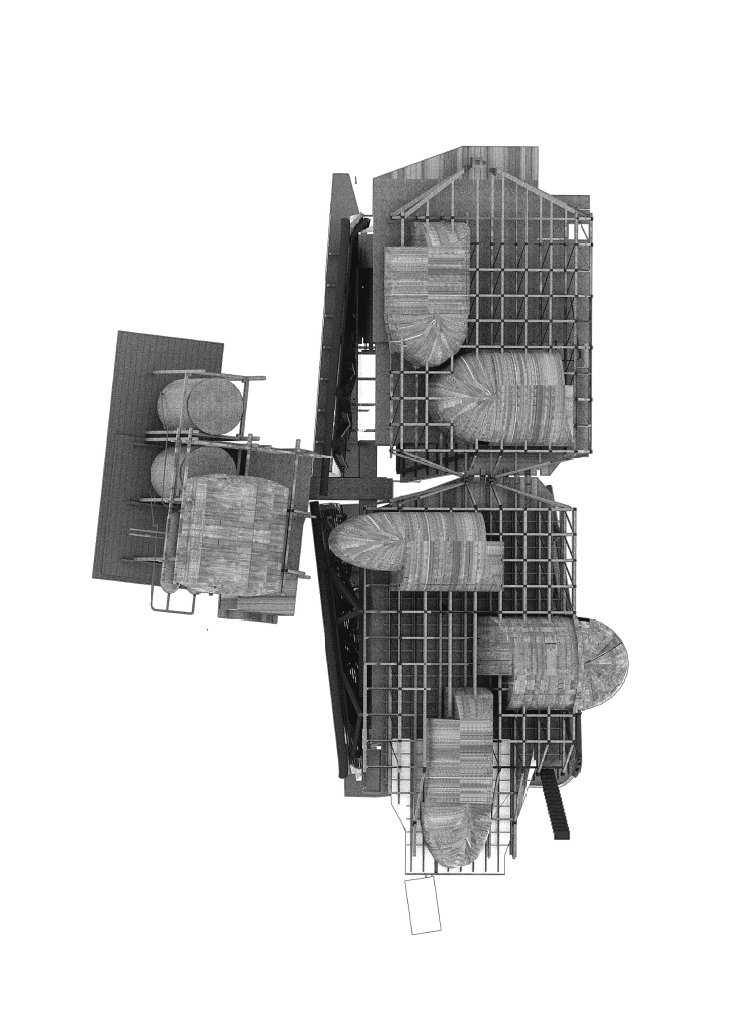
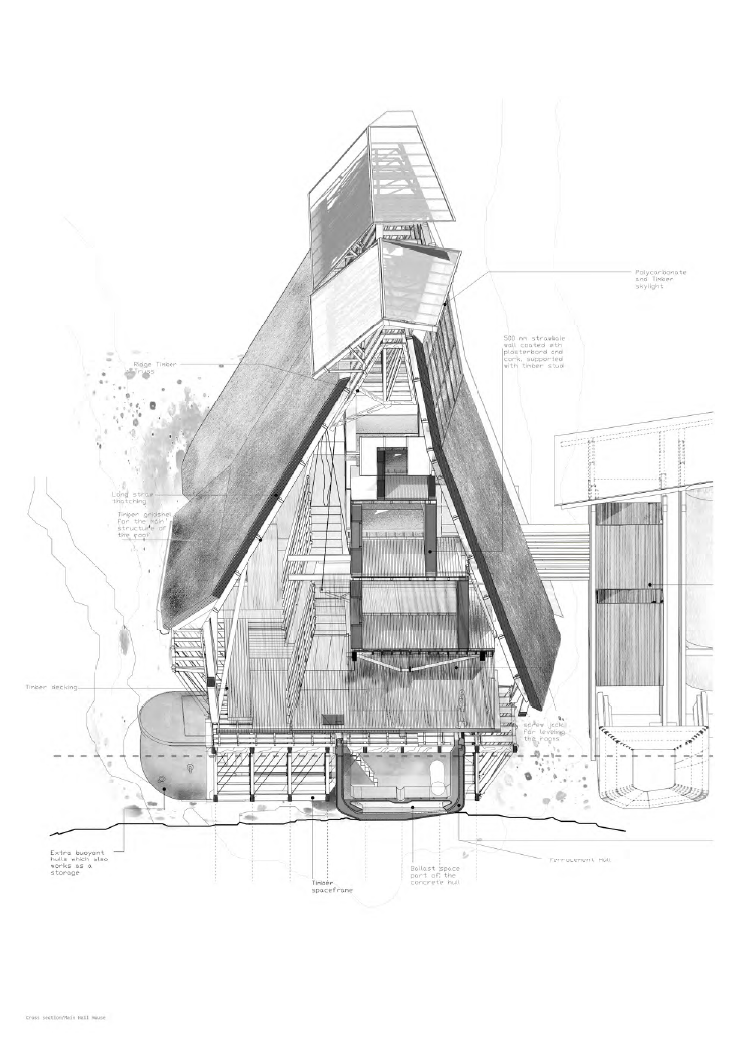

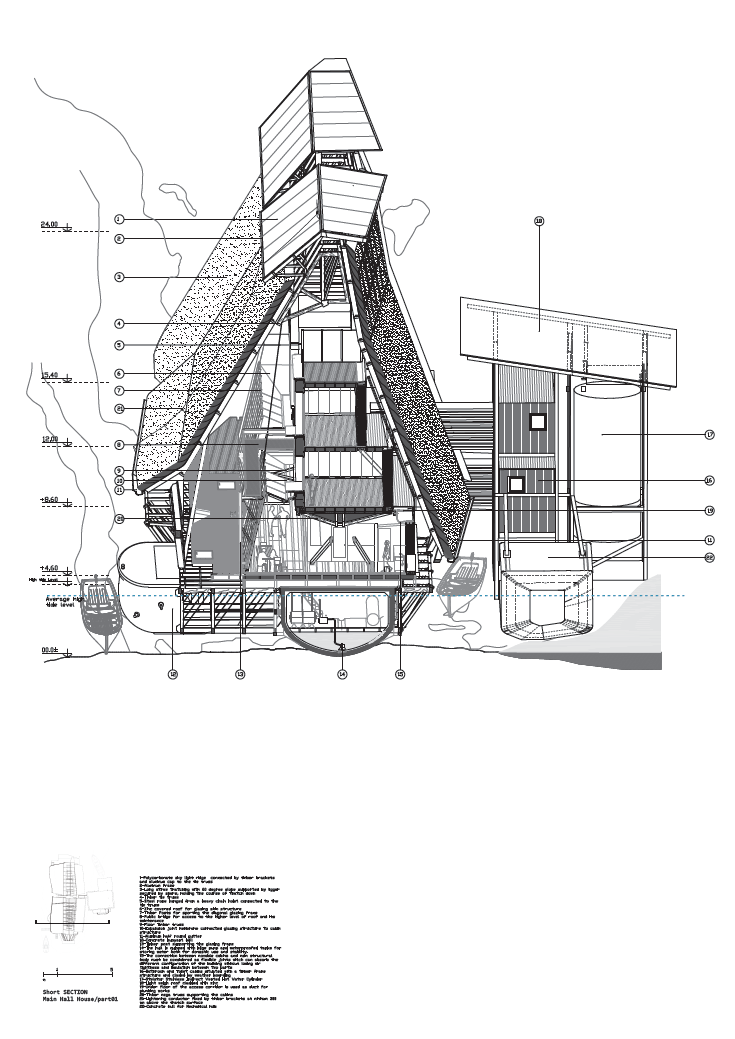
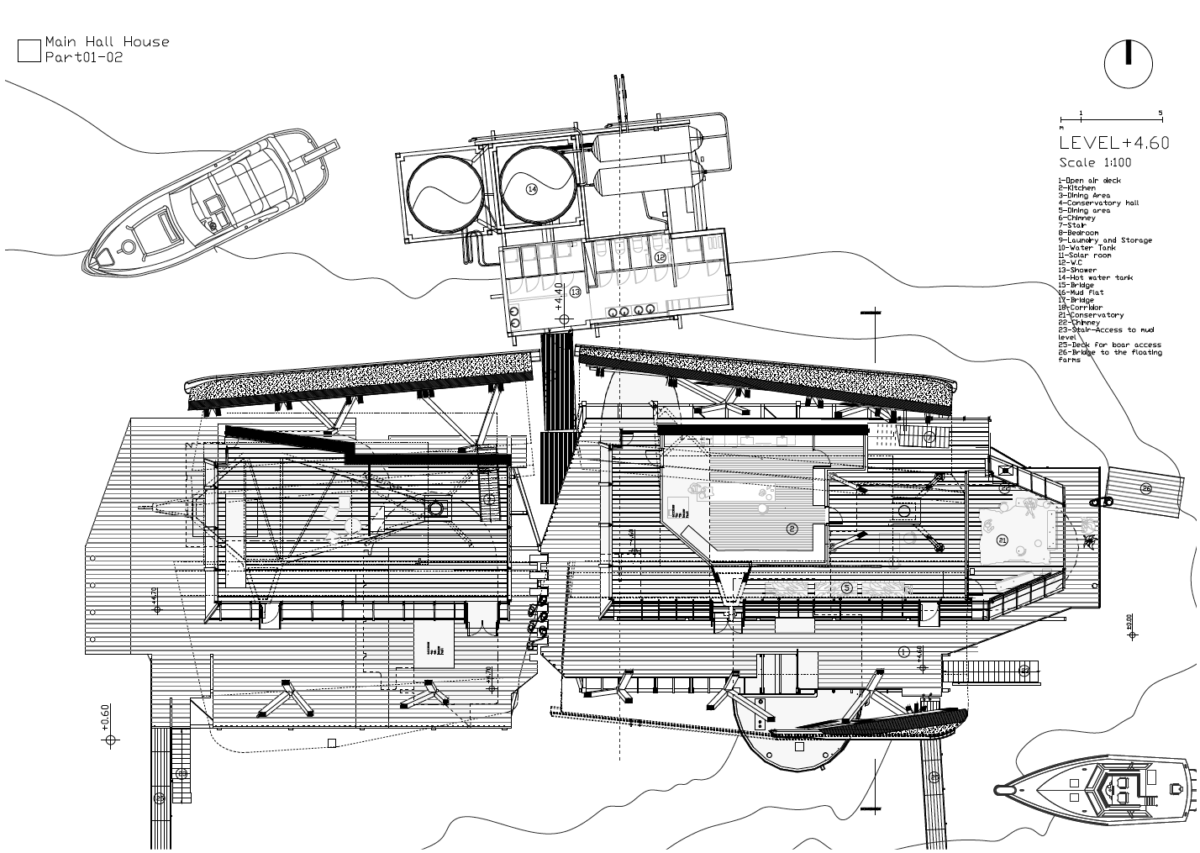
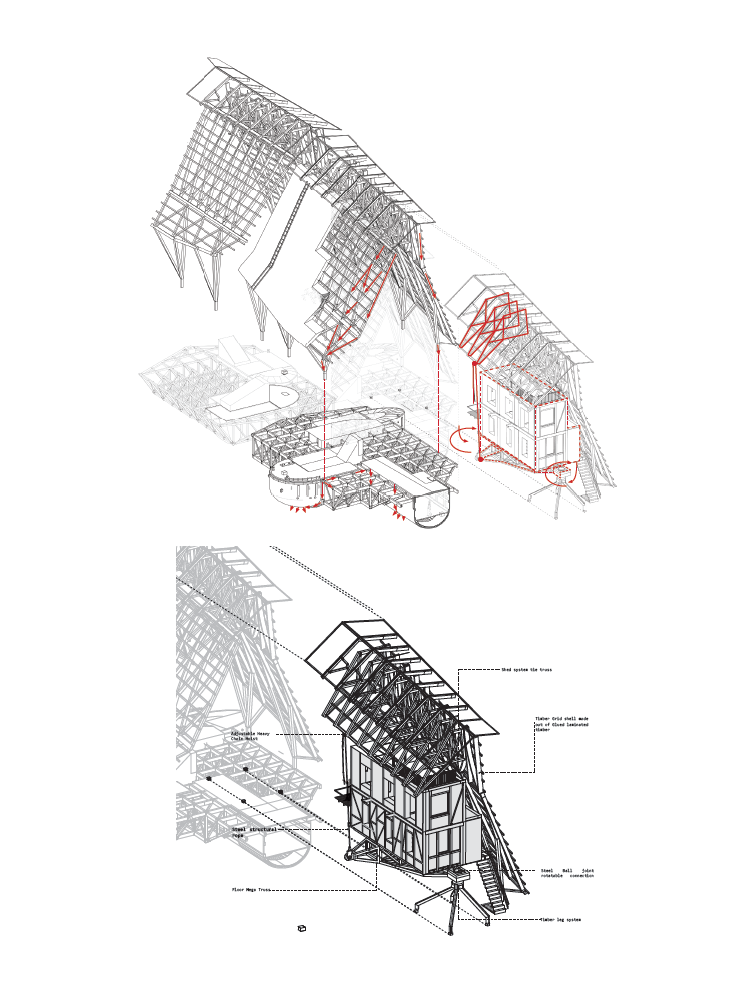
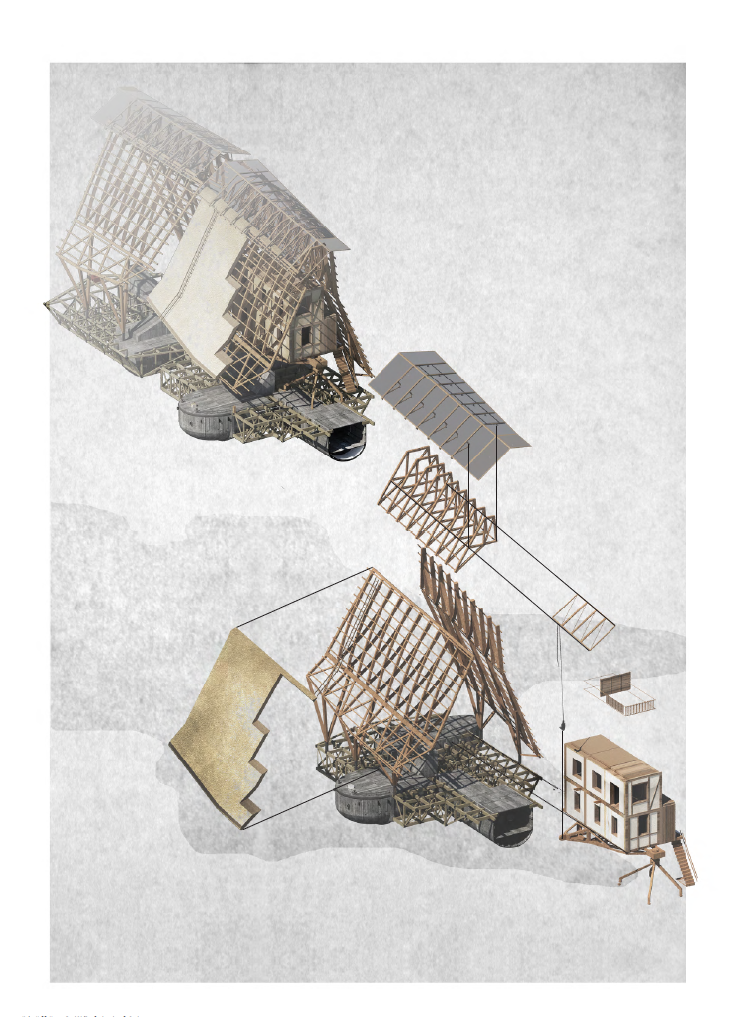

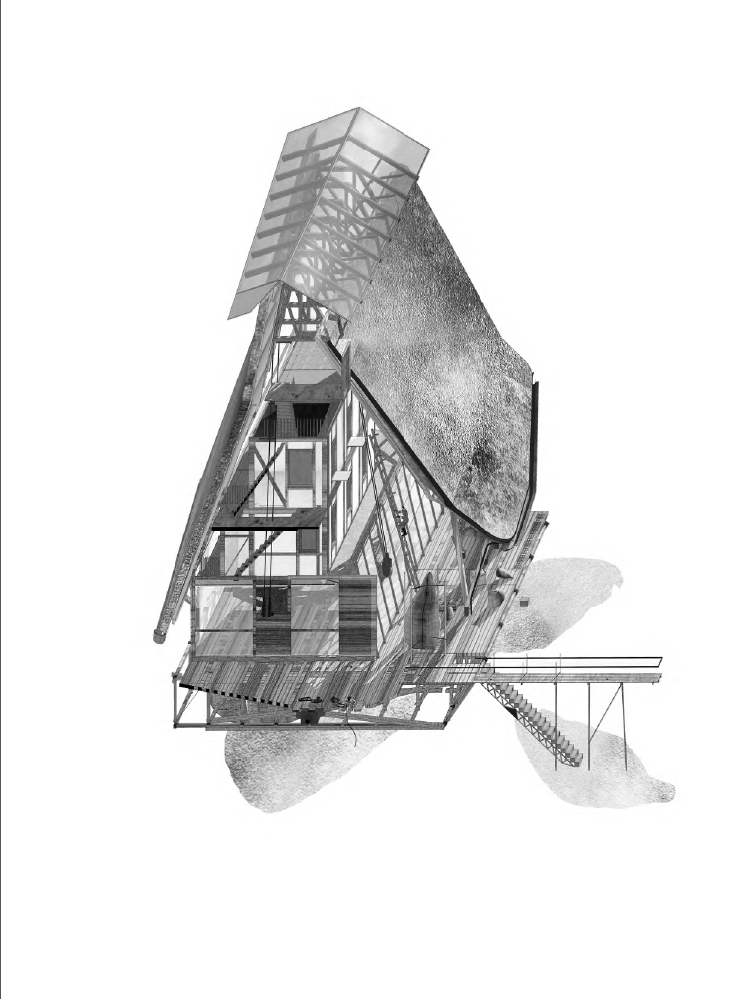


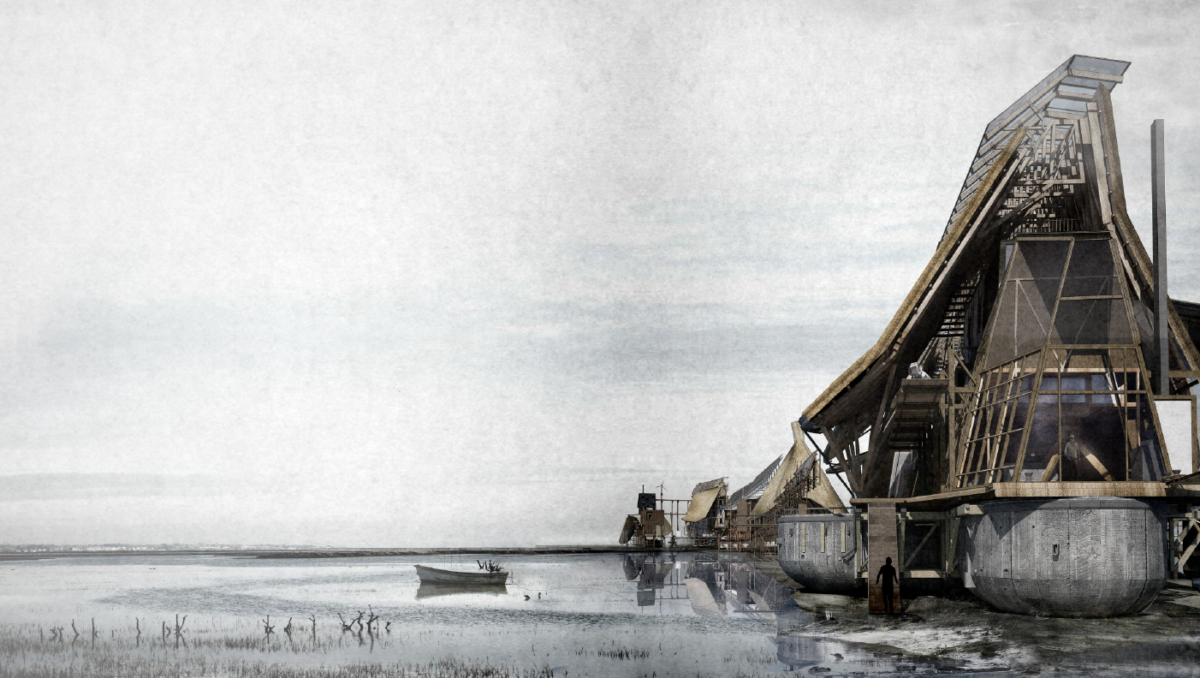

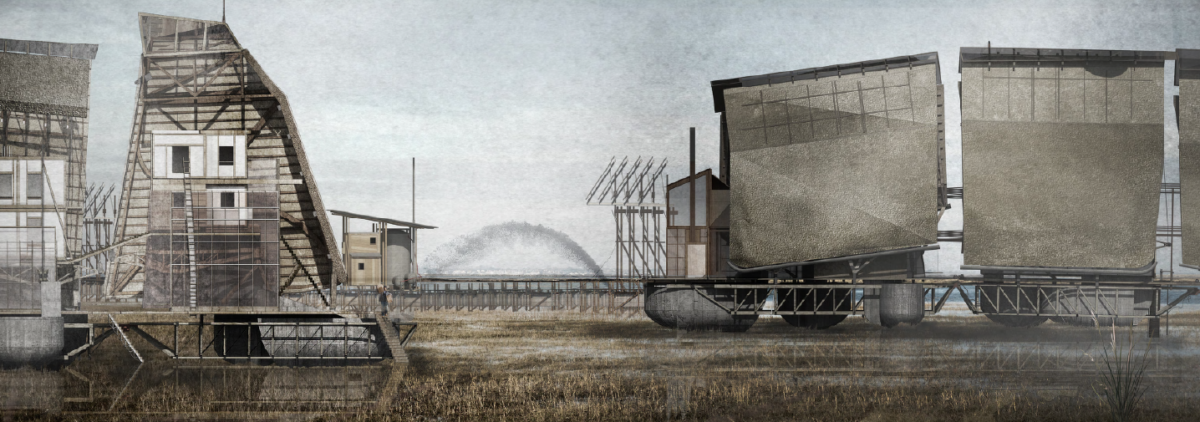
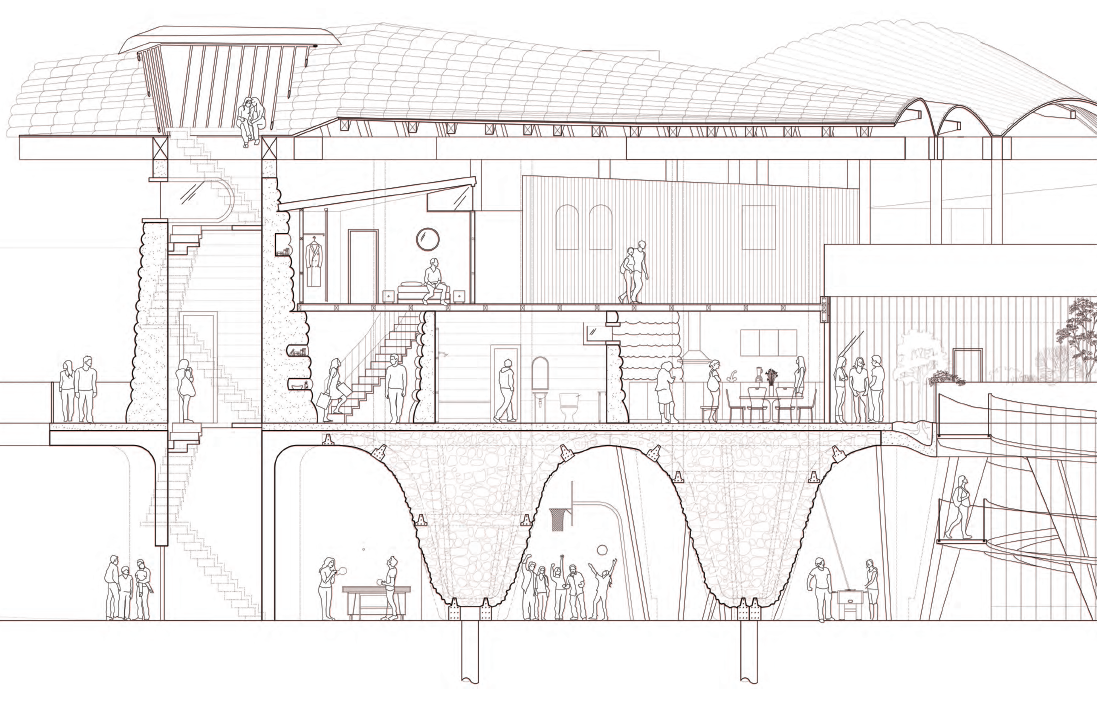
Essex Caravansarai, Basildon
In response to the failing and tragic conception of the ‘New Town Utopia’ Basildon, Essex Caravanserai aims to offer a new radical strategy for living in Essex. As a result of the proposed and drastic demolition of the lost 1950s vision for a new and radical Basildon Town Centre, The Essex Caravanserai project aims to oppose but make use of the intensely over-designed regeneration scheme of Basildon Council through recycling material of the decanted sites and advertising a solution to the throwaway attitude of society endorsed by the council through a highly sustainable and self-sufficient living scheme using and promoting earth as a means of construction.
The most radical of all the test-bed experiments of Essex, Basil-don has fallen into decline with staggering statistics baring the lowest figures for living satisfaction in the country, undoubtedly due to the widespread serious deprivation which has entailed high levels of crime, teenage pregnancies and likely caused con-tribute to an astounding 26.6% of residents having no qualifications.
The Essex Caravanserai project aims to provide new qualifications in new building techniques to the under-qualified populous of Essex in exchange for their work in developing and exhibiting living, built using the council’s provision of a core of essentials which sits harmoniously in the landscape of New Town Basildon. Residents will use this newly developed excavation-extruder de-vice to form elements made of earth and recycled concrete, put together in a variety of combinations to form their own Essex Caravanserai. This will evolve across Essex through the trade of extruder devices, from small scale production of possessions on sale at the Caravanserai markets to larger-scale production of elements for living for sale across councils.

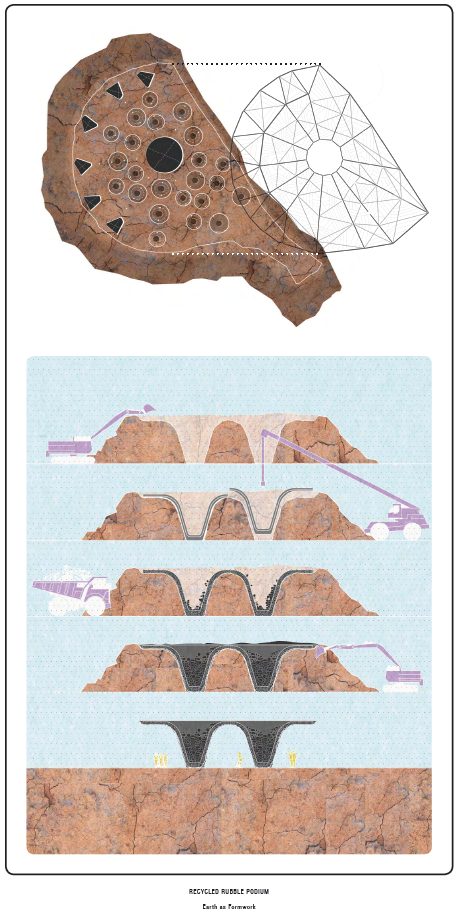
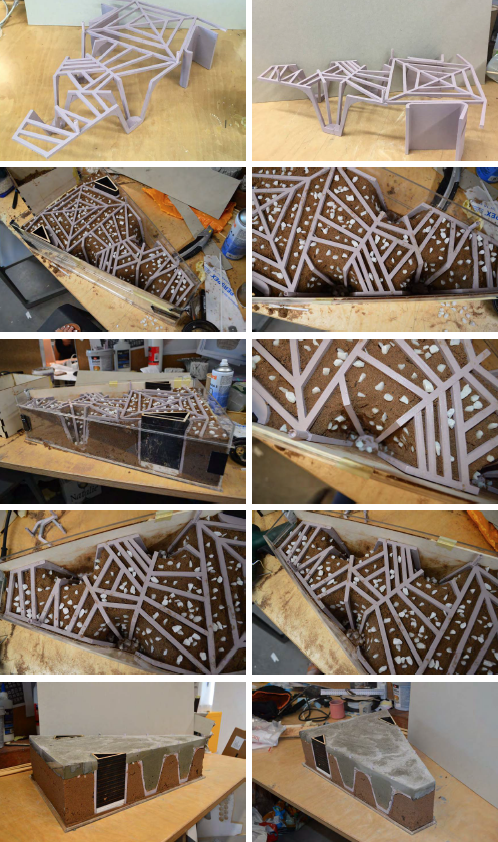
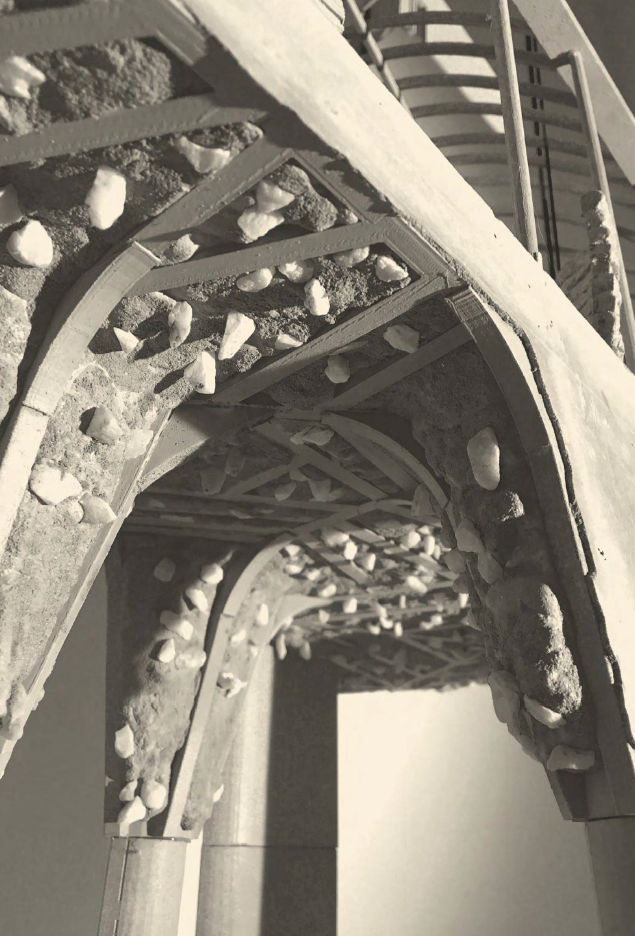

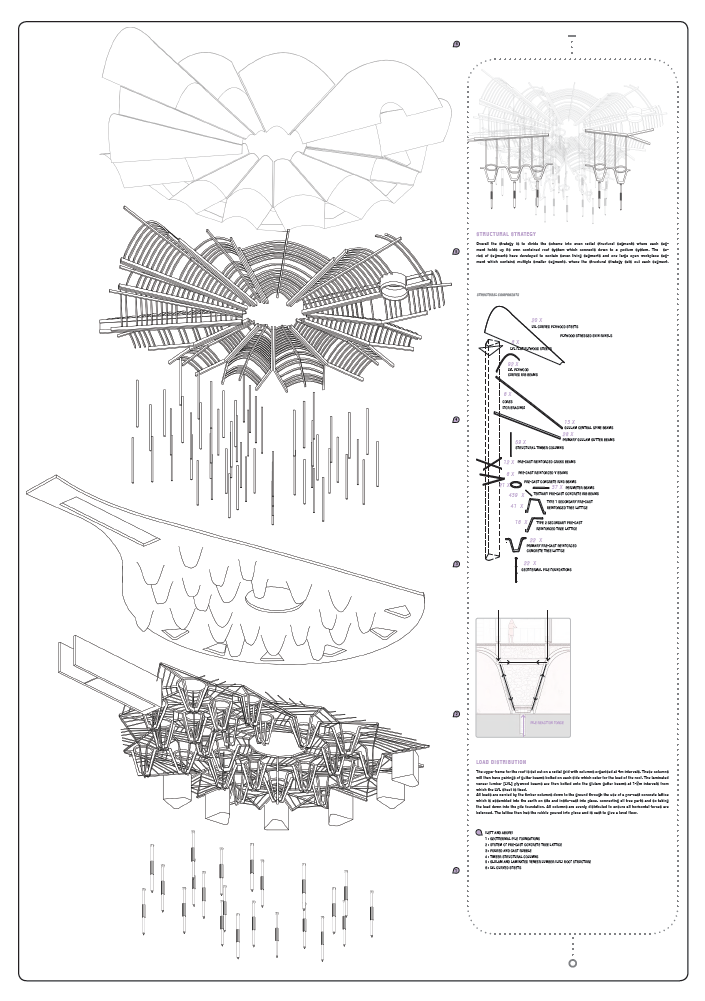
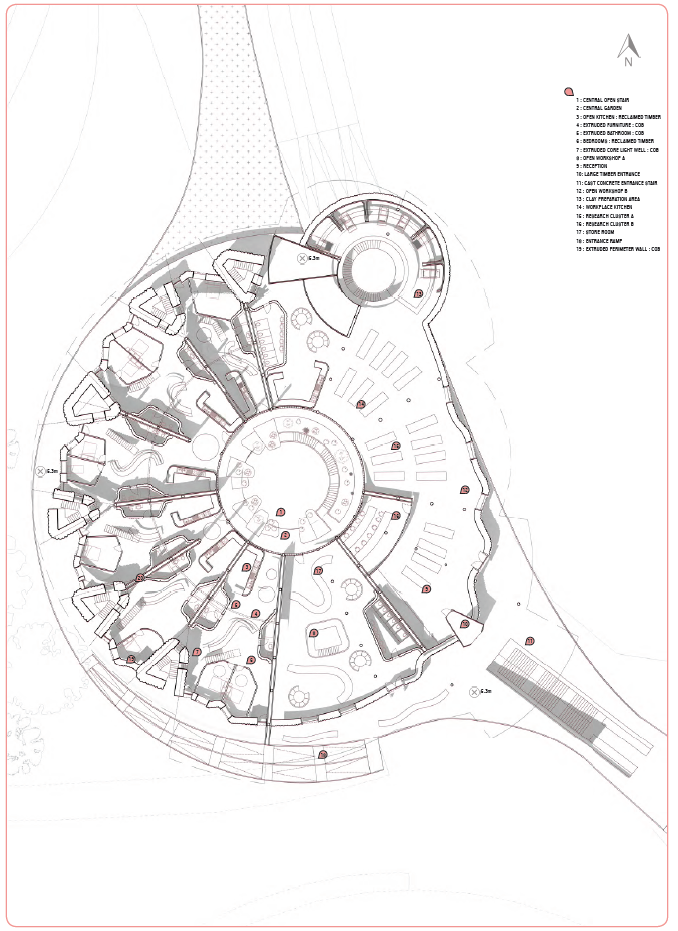
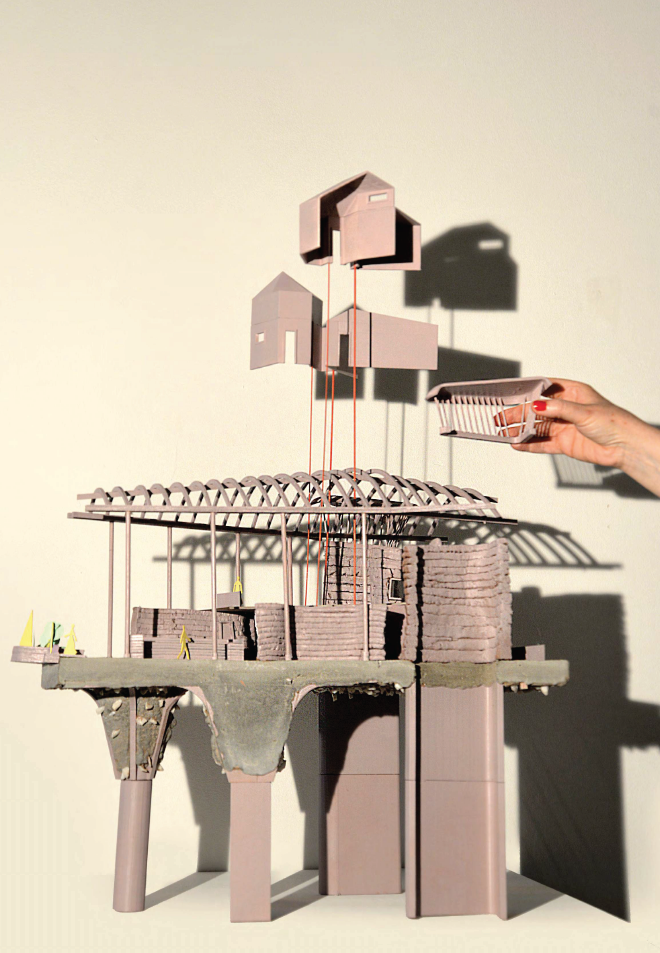
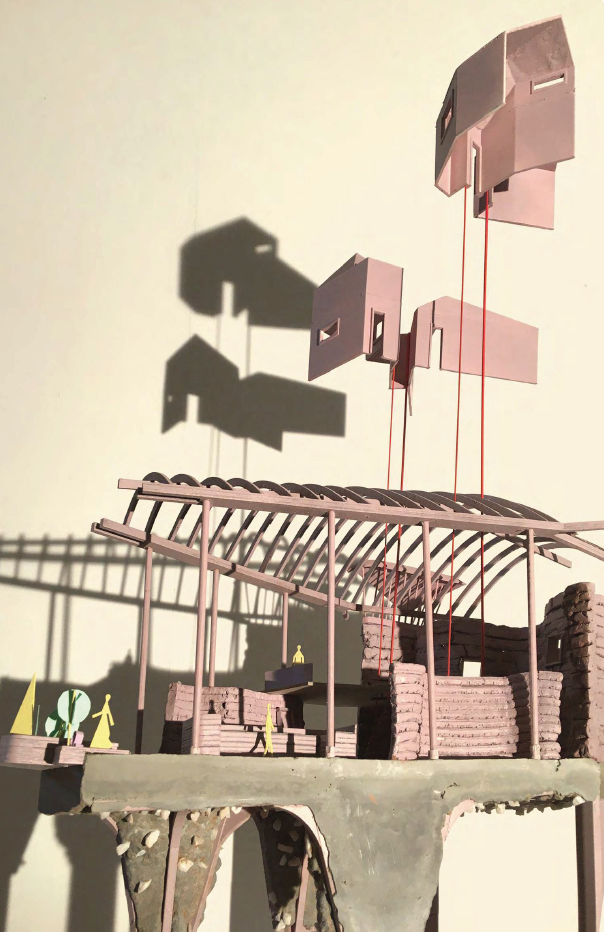

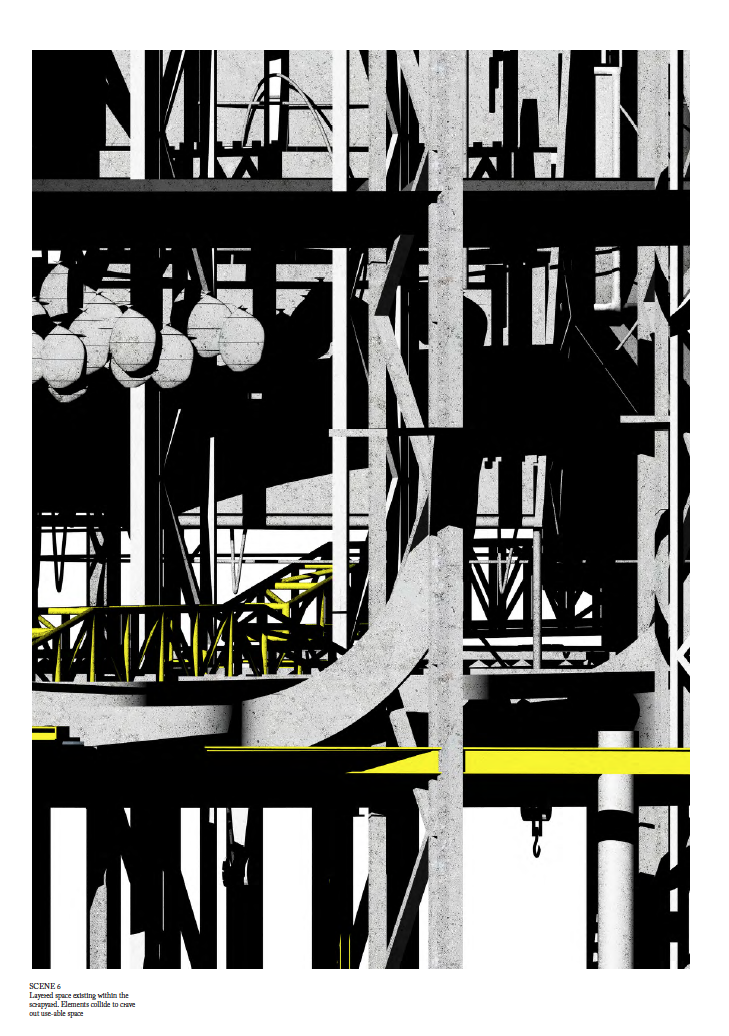
Dagenham Working Men’s Club

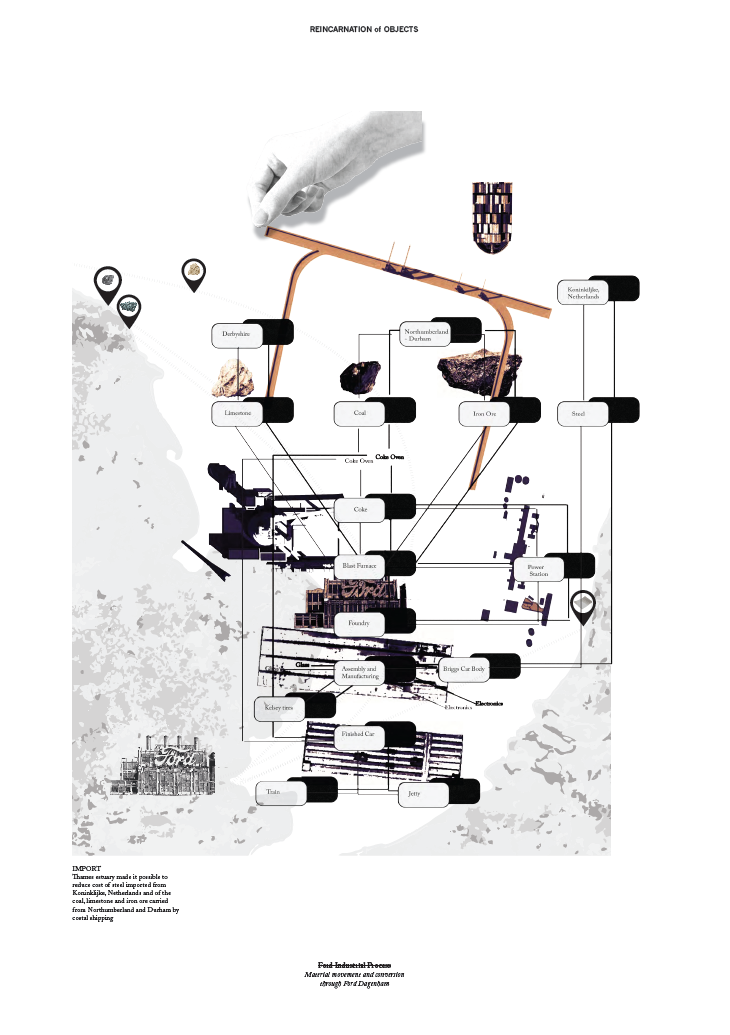
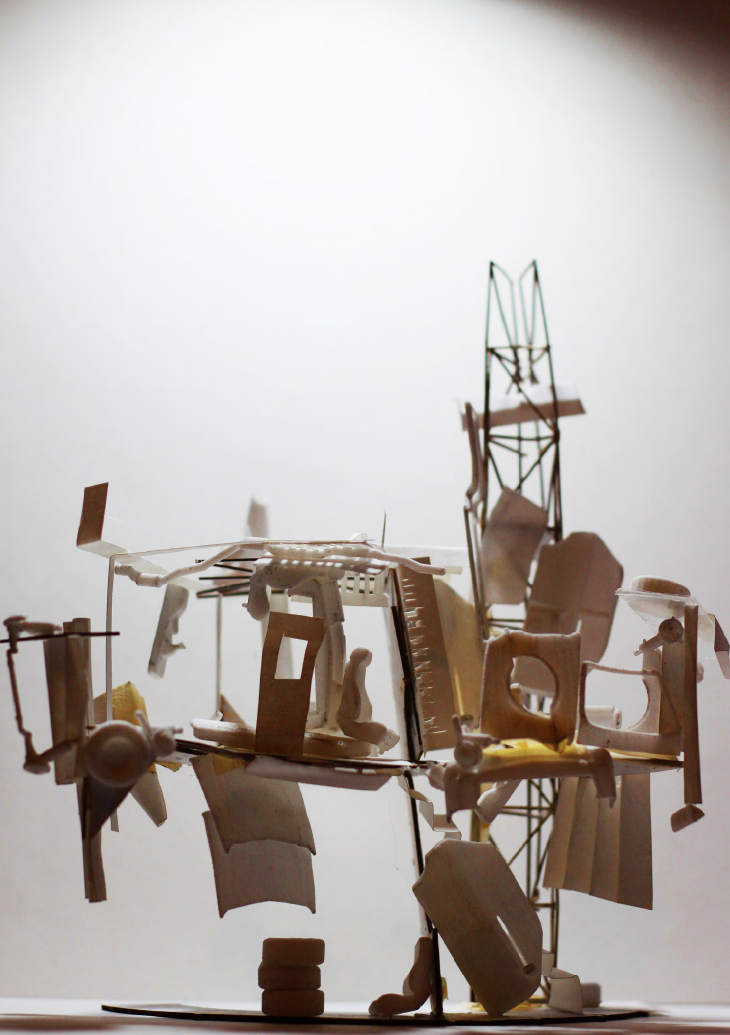
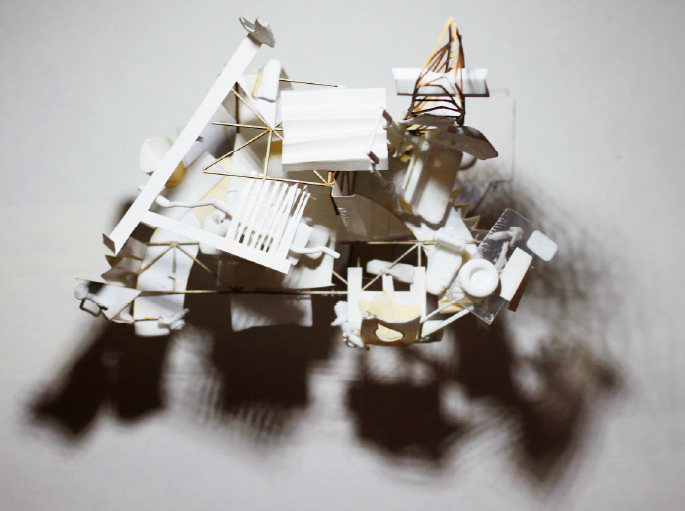
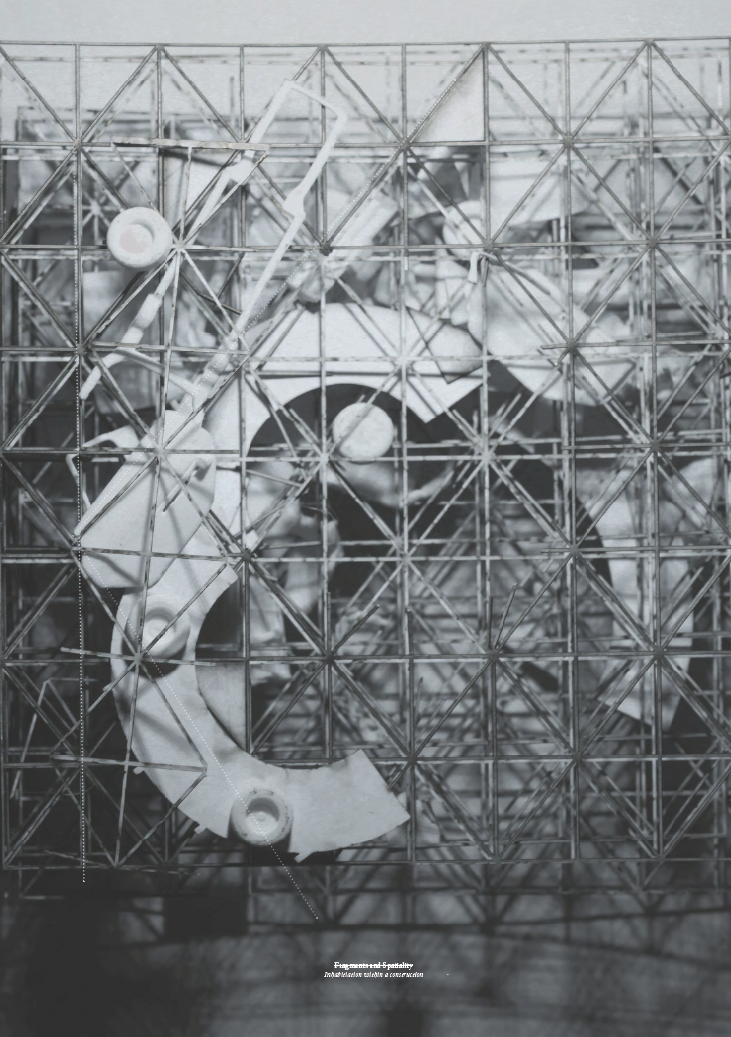
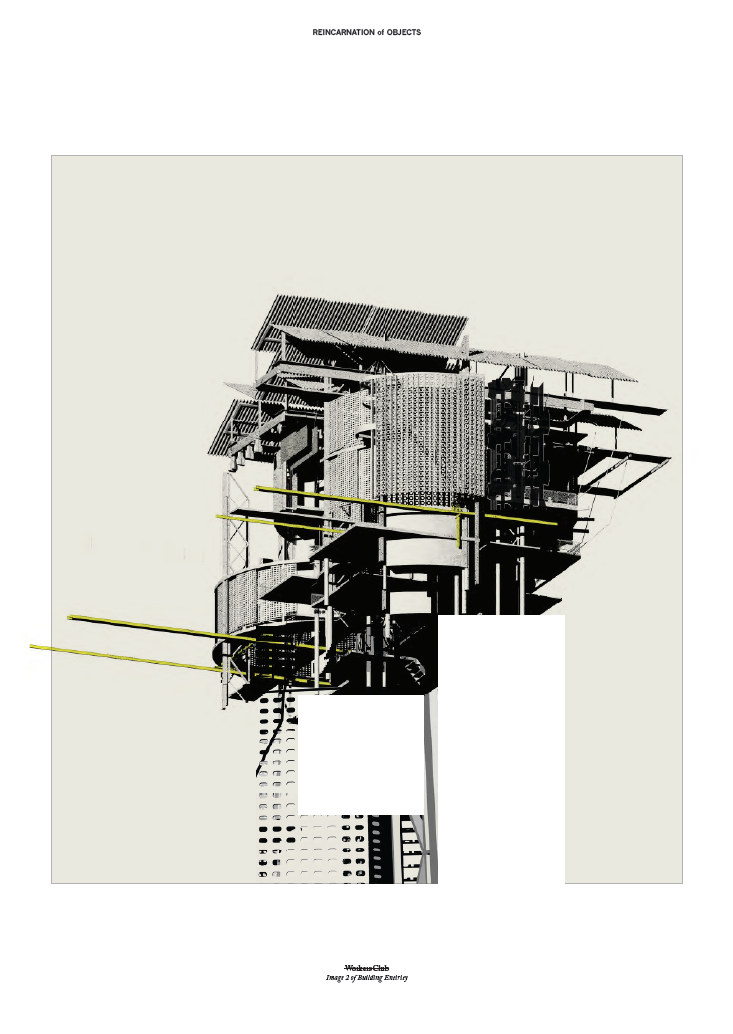



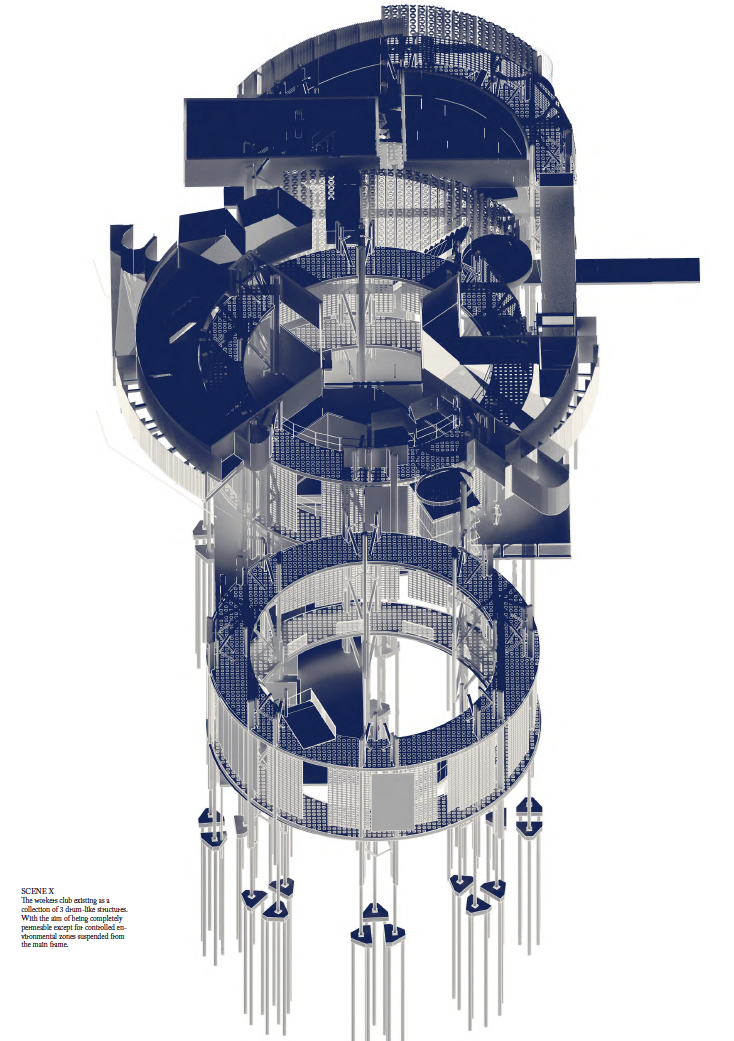
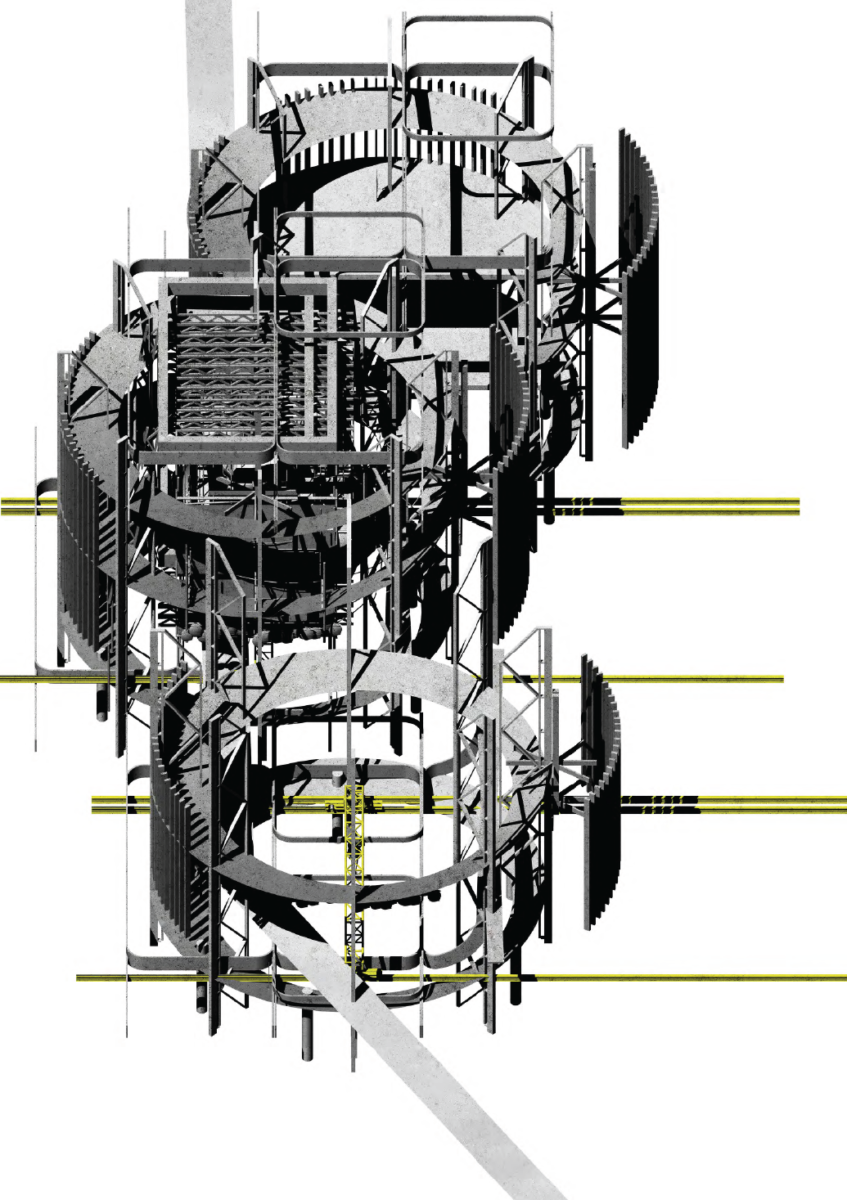
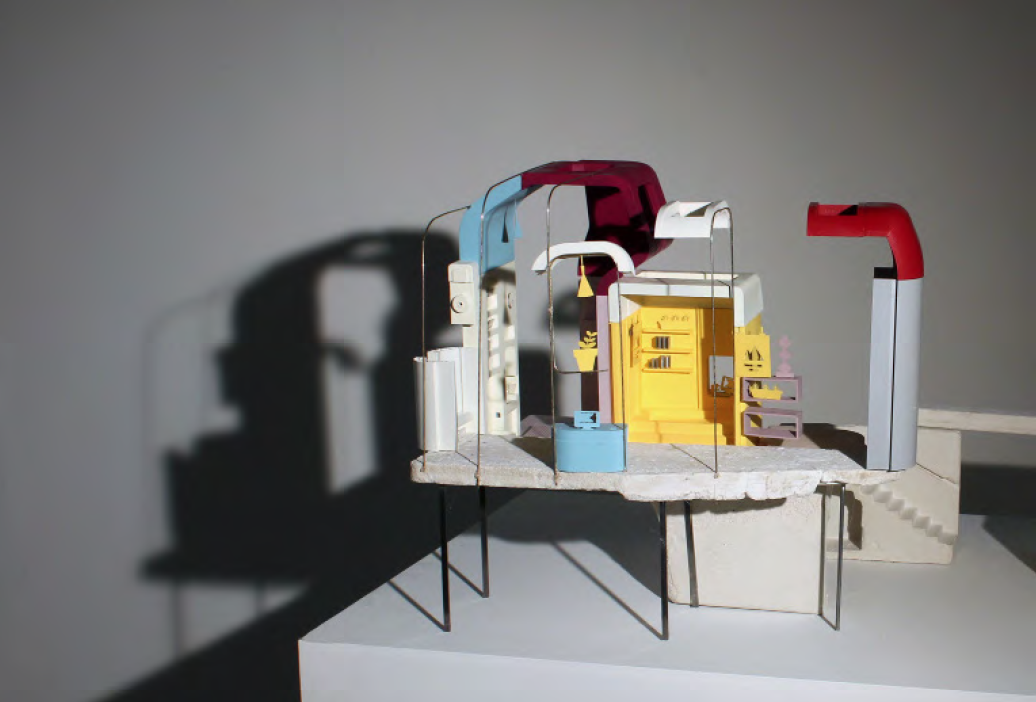
Ford Smart Home in Dagenham, Essex
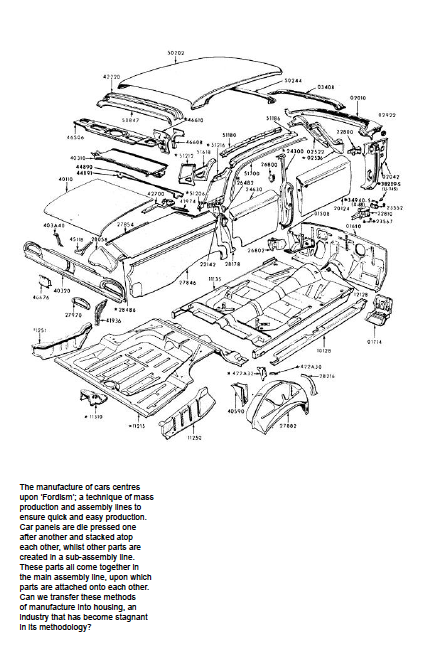
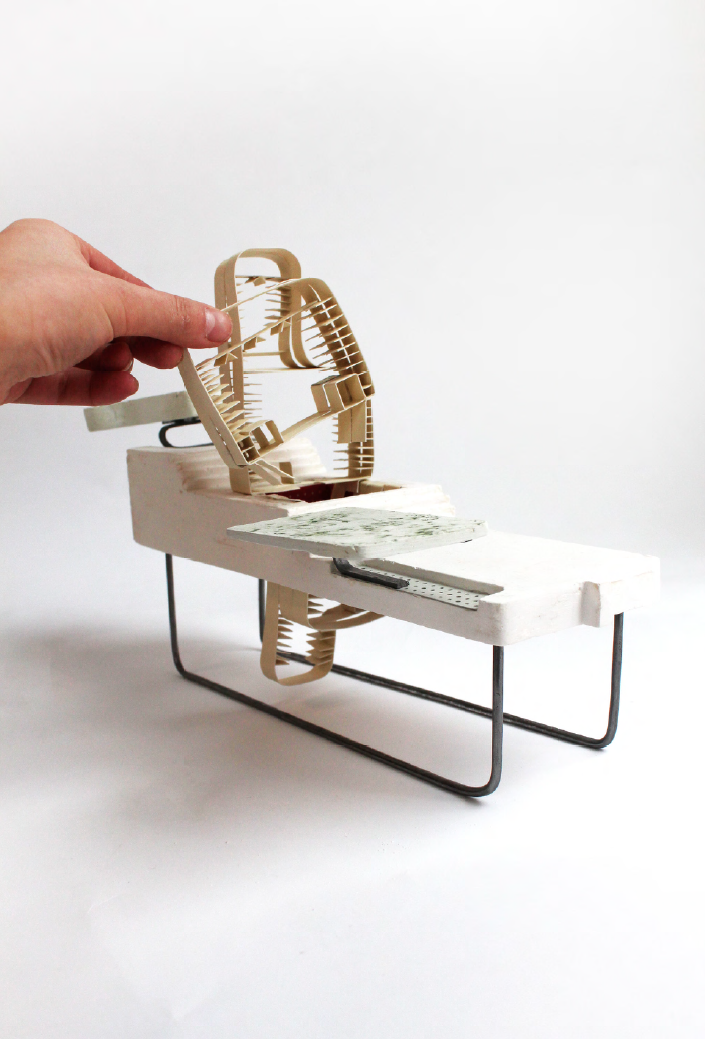
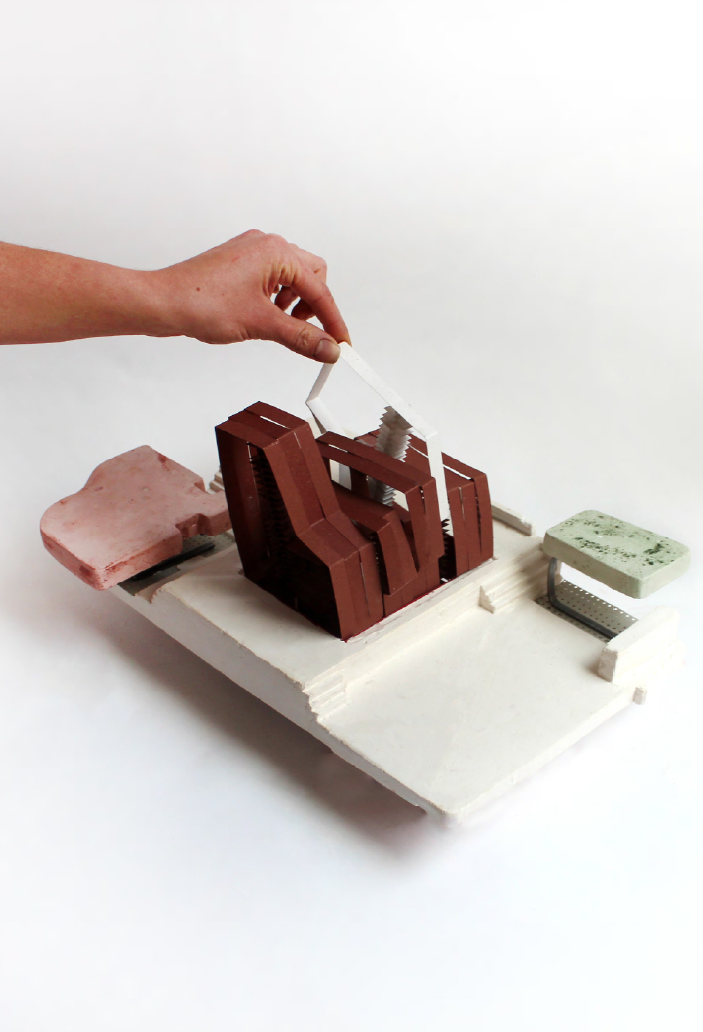
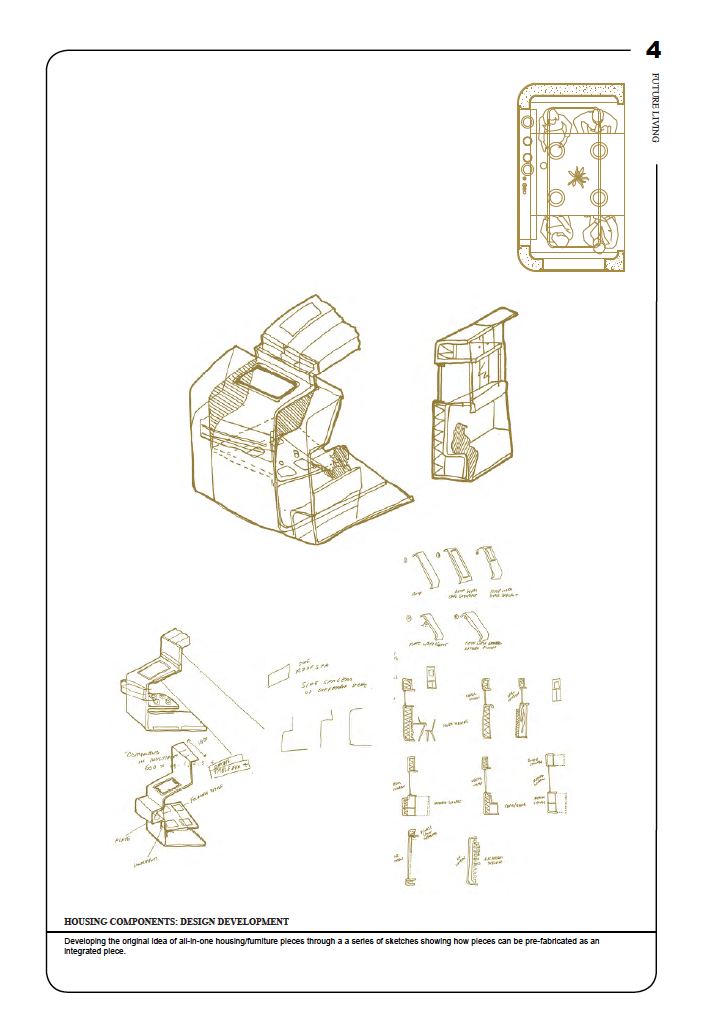



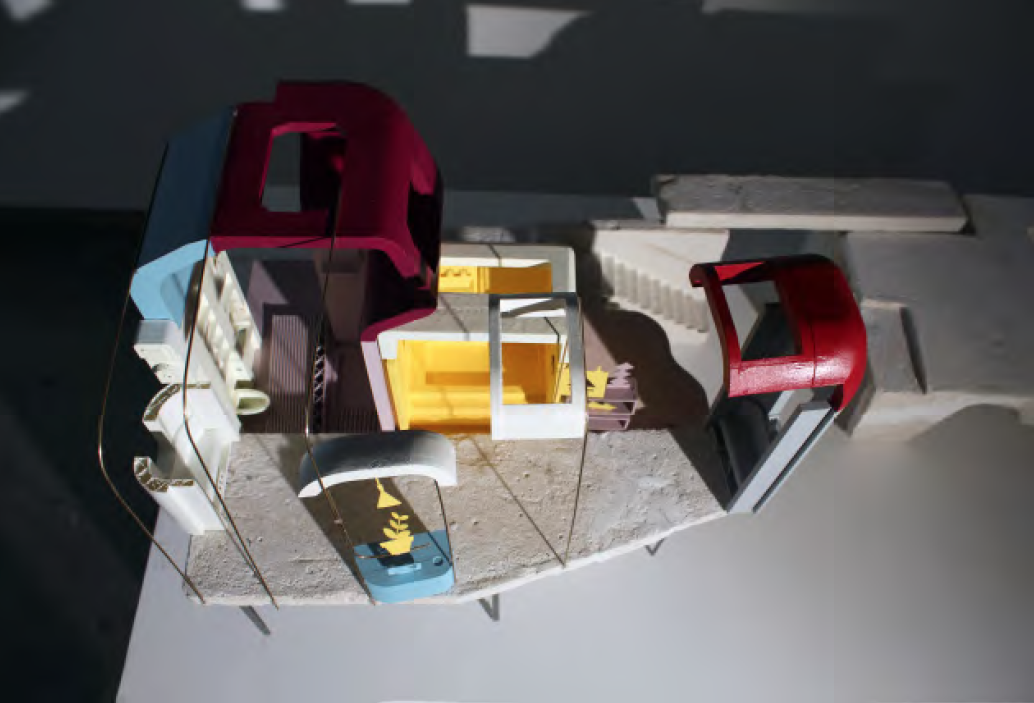
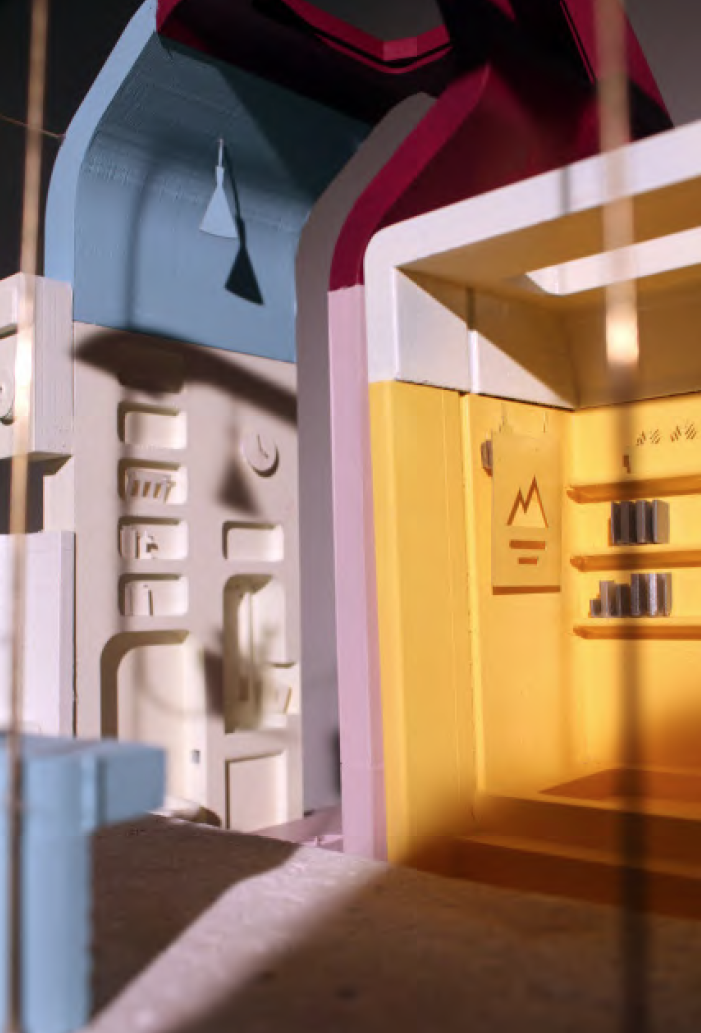
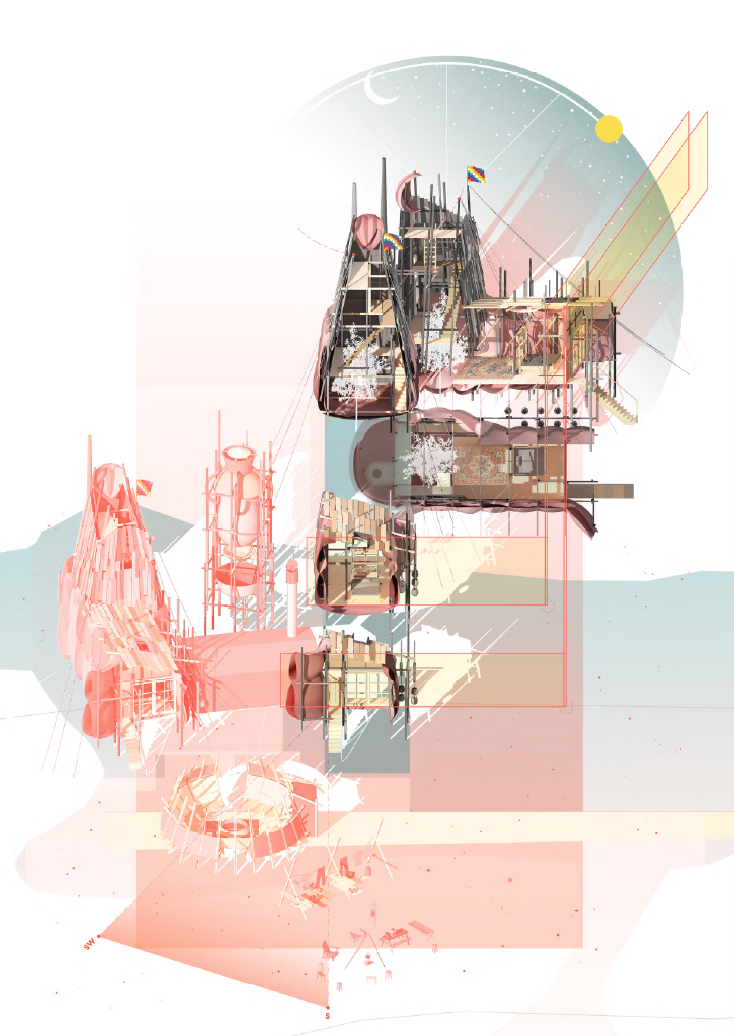
The Diggers Festival of Peace, Essex
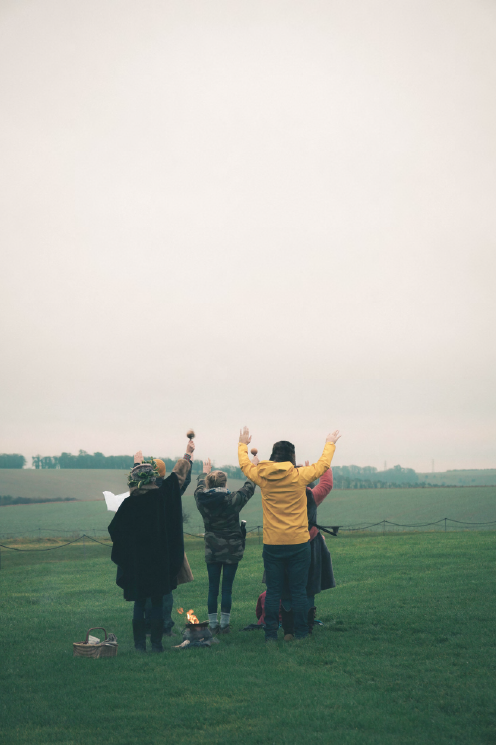
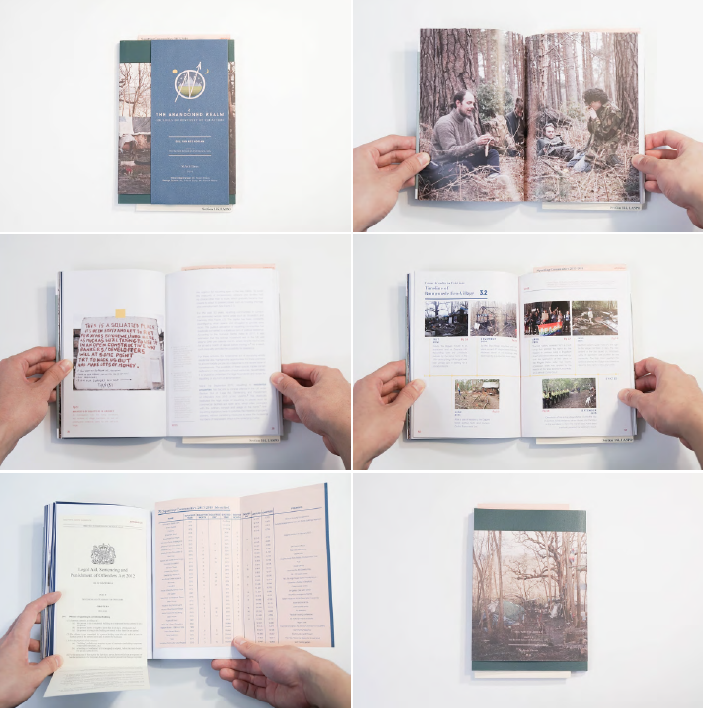
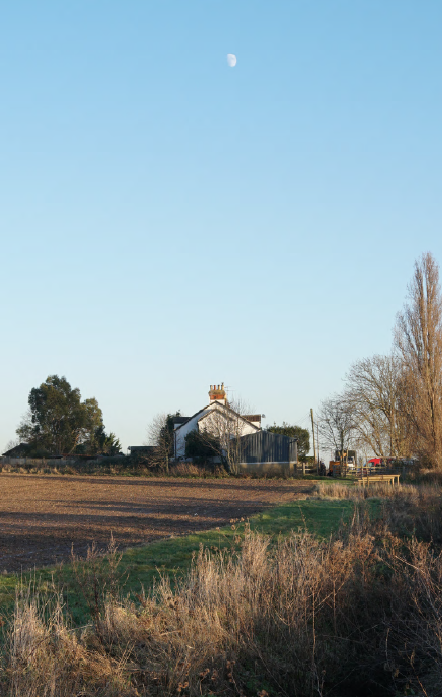
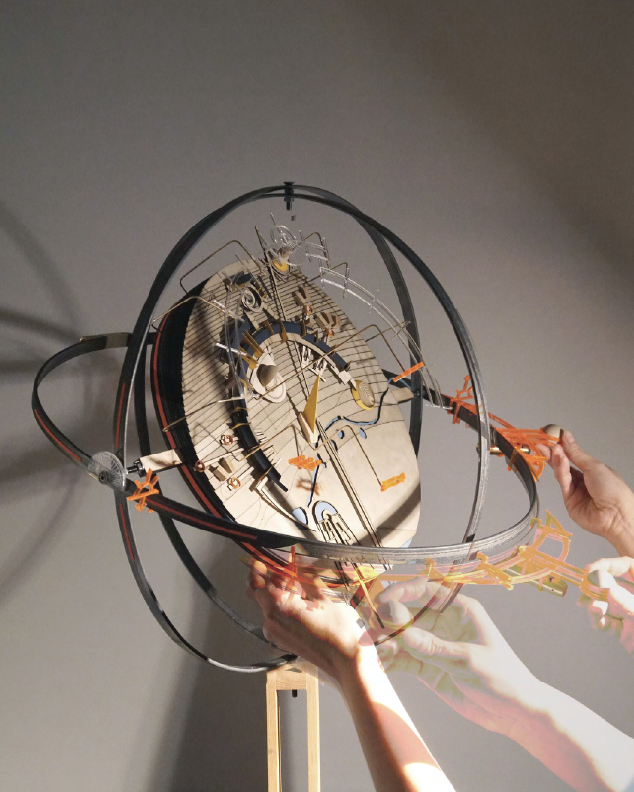
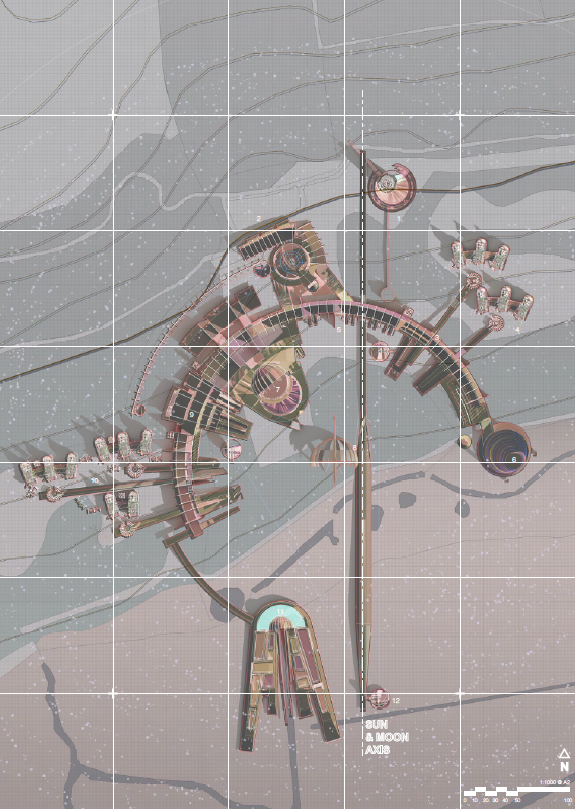


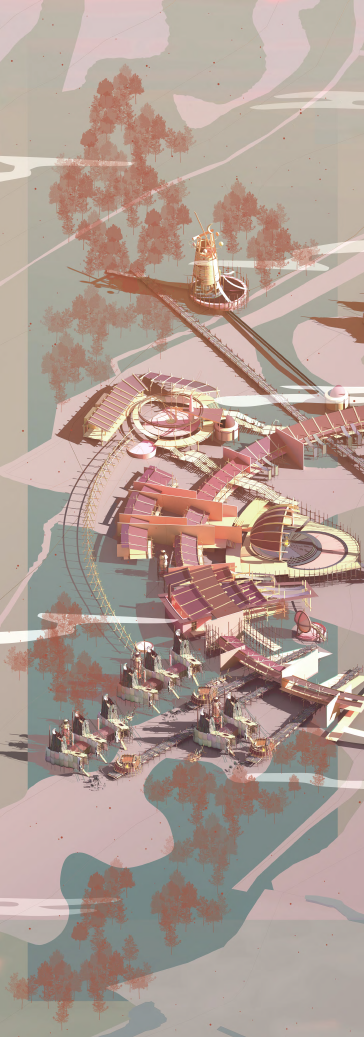

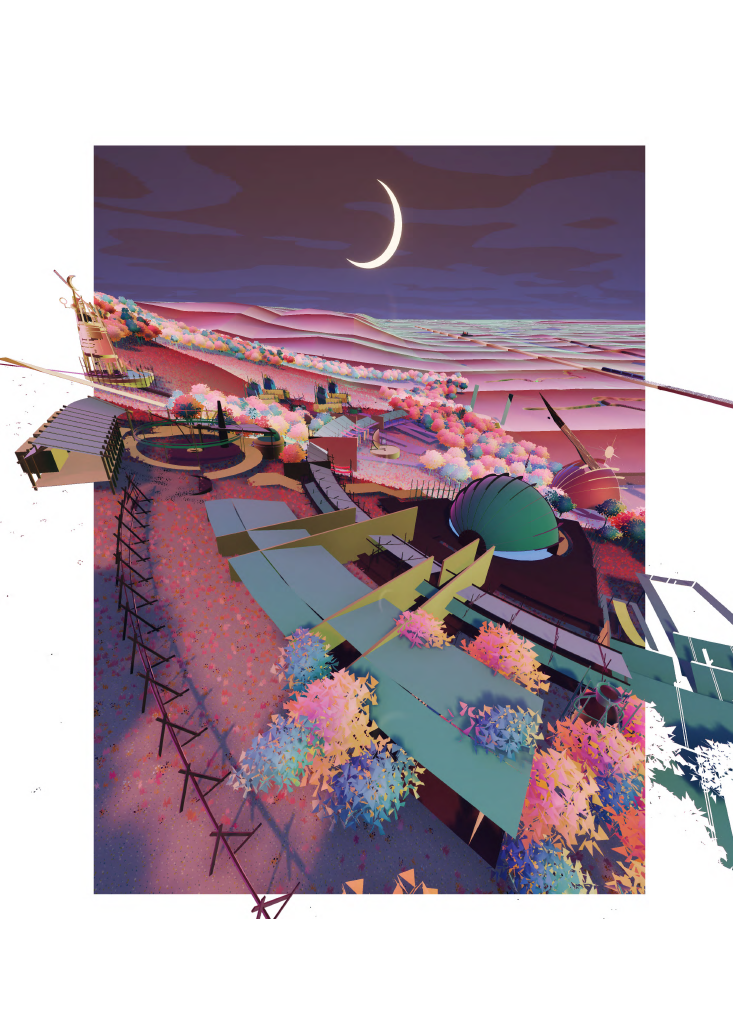
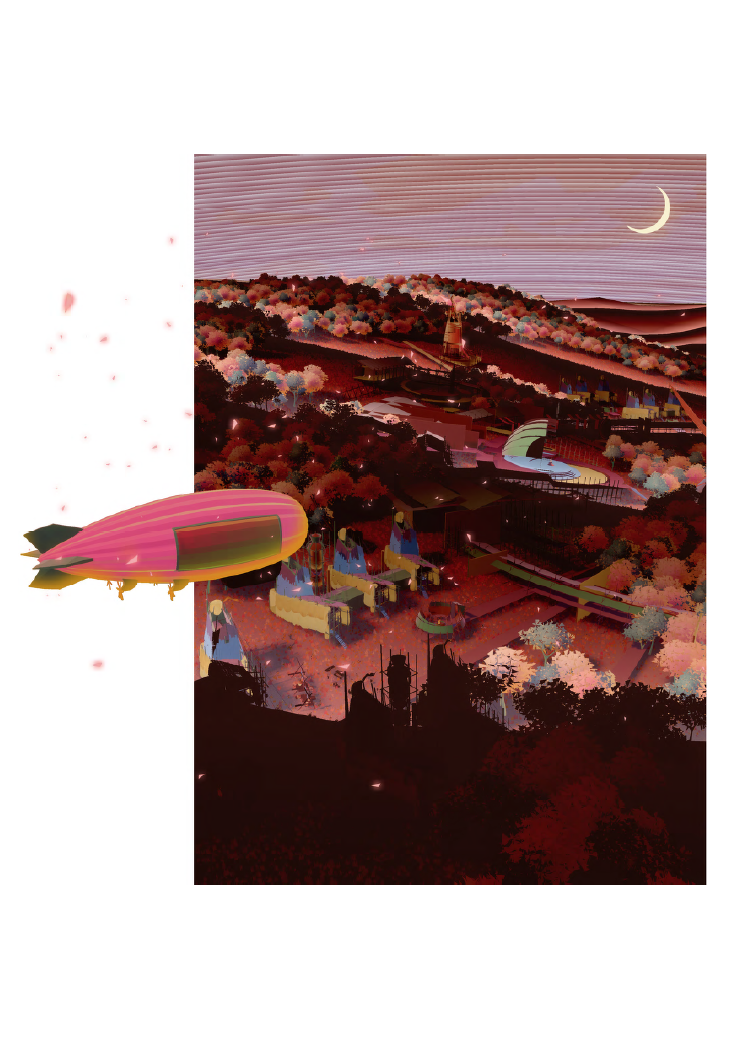
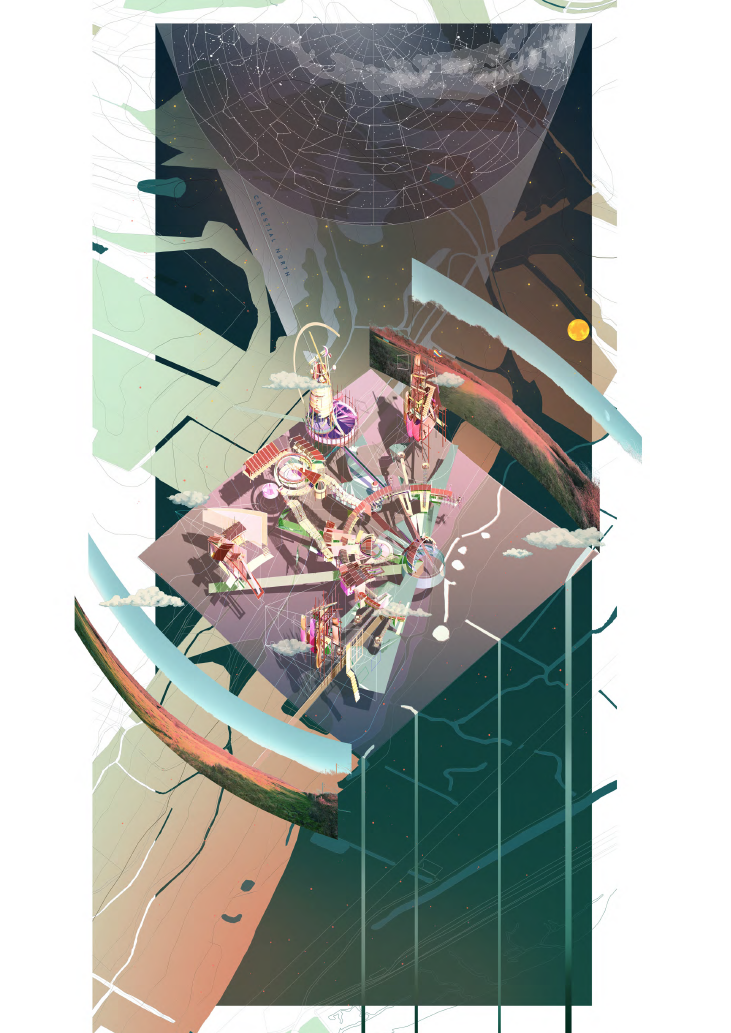
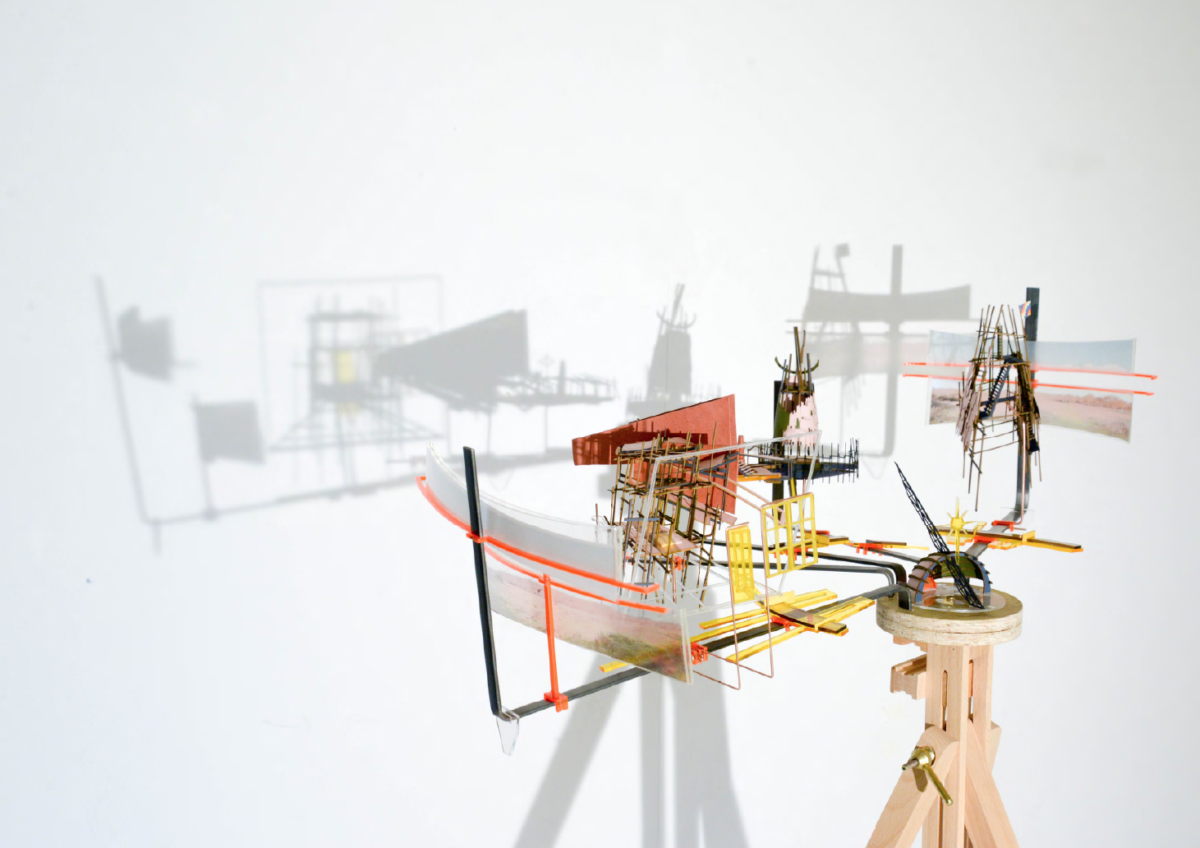
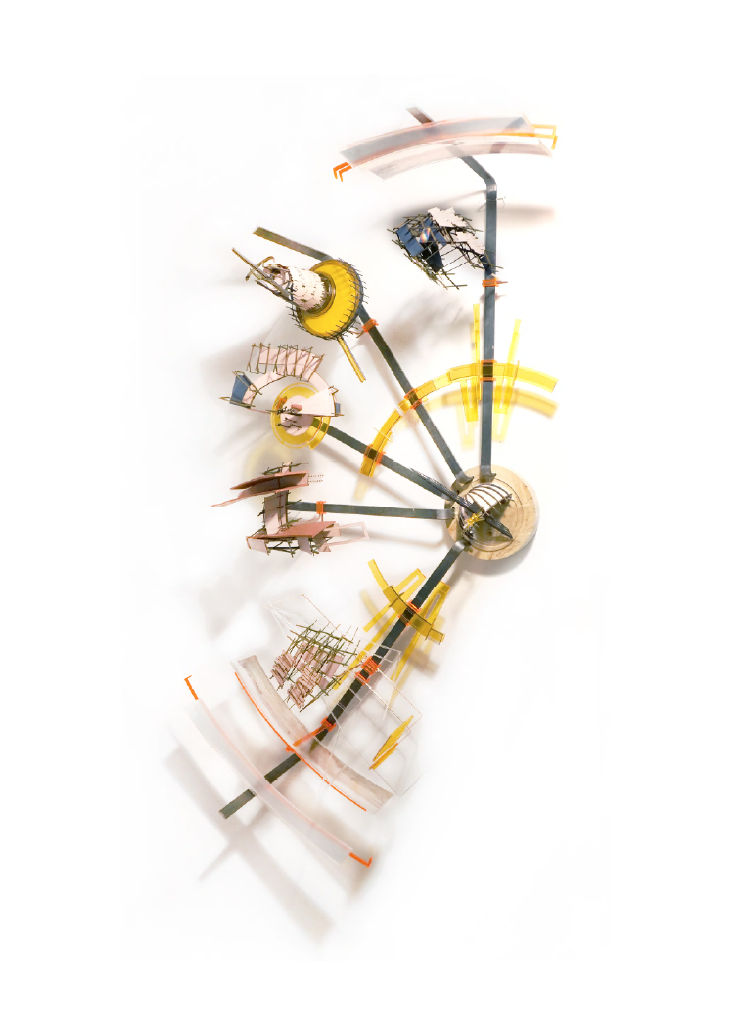
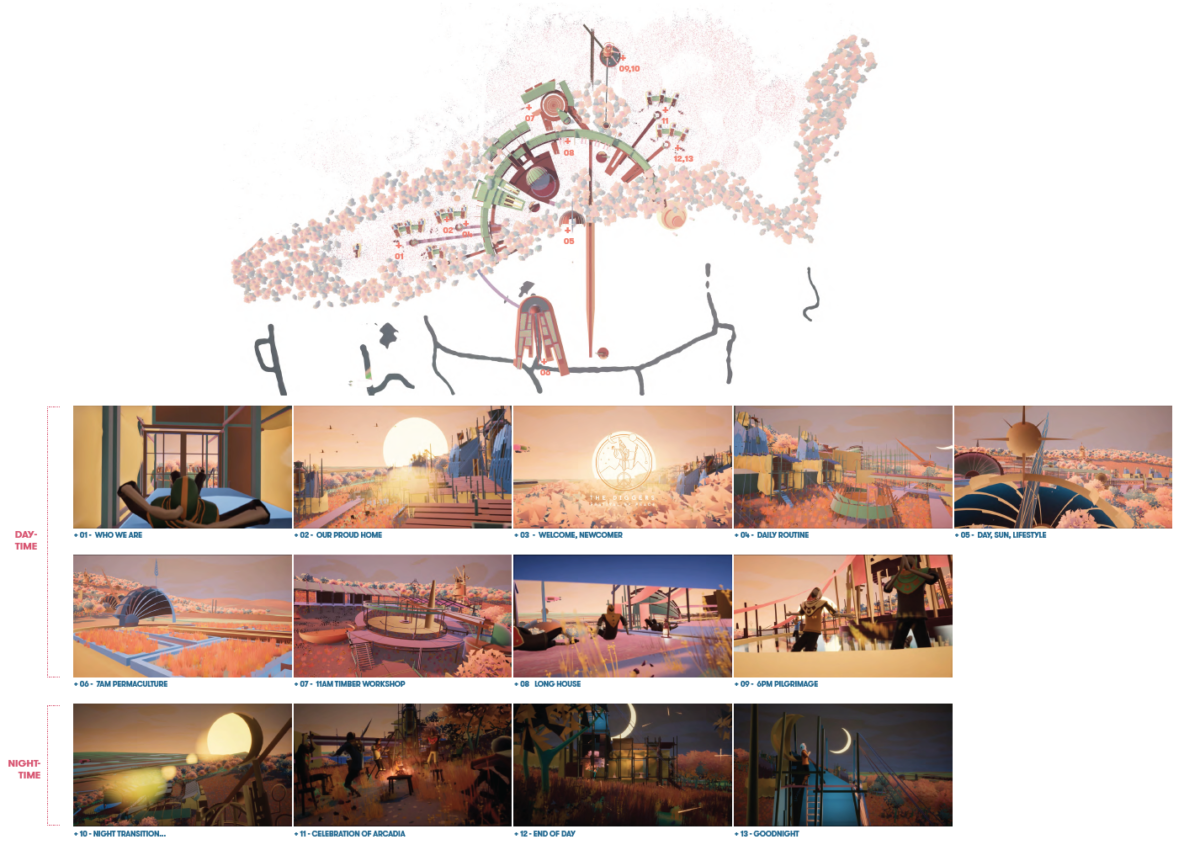
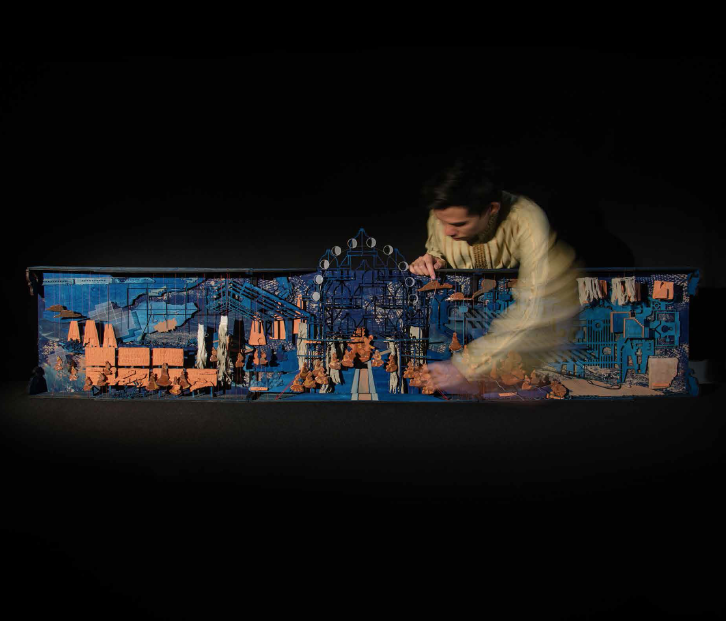
Ganesh Chaturthi Festival 2025 in Leigh-on-Sea, Essex
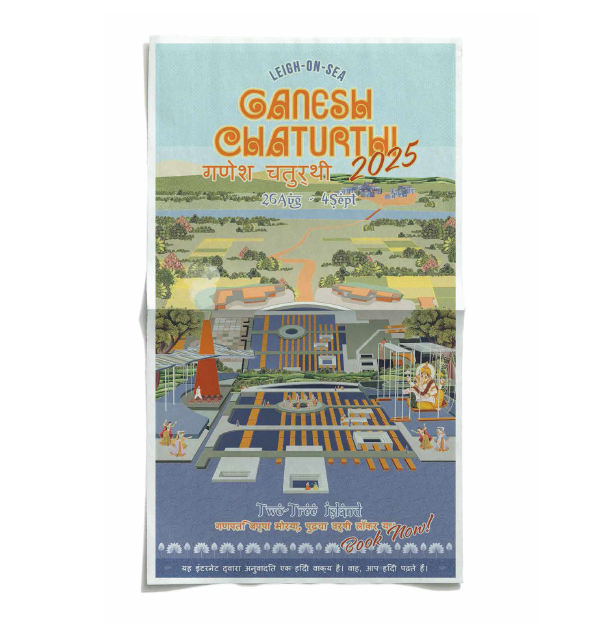
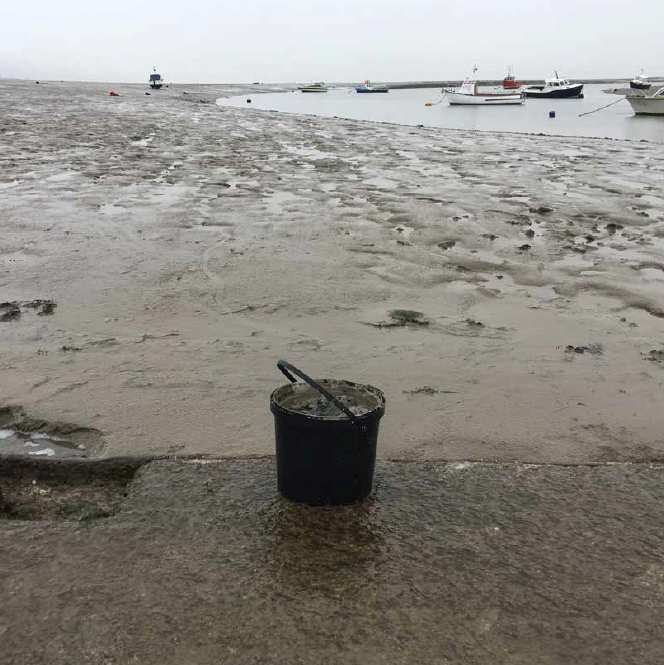

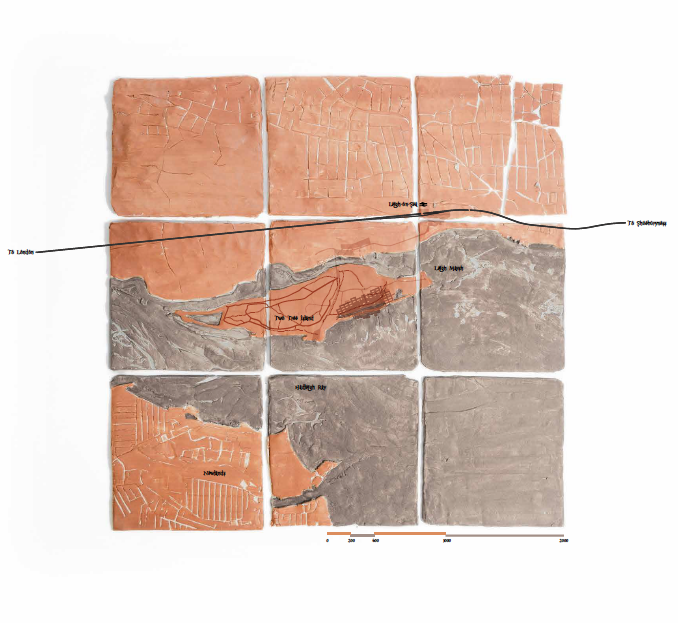
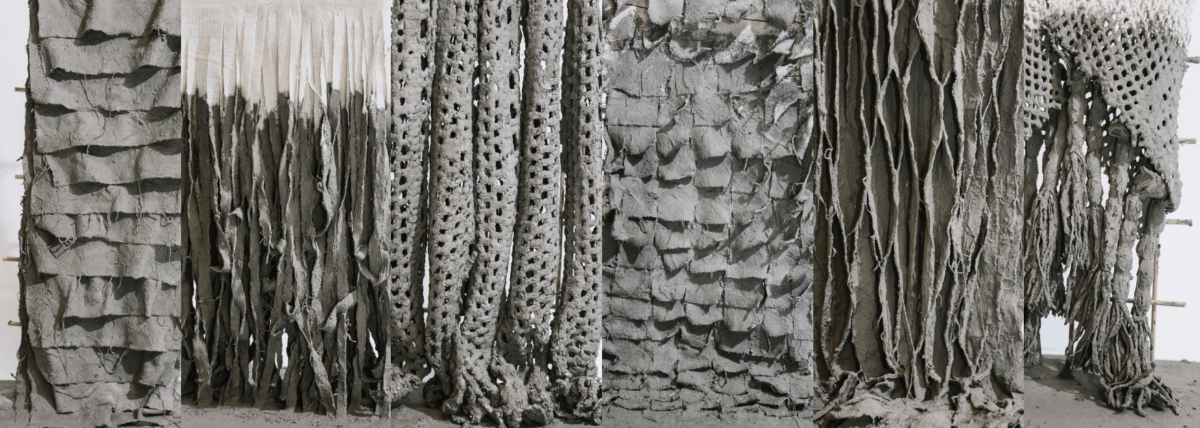

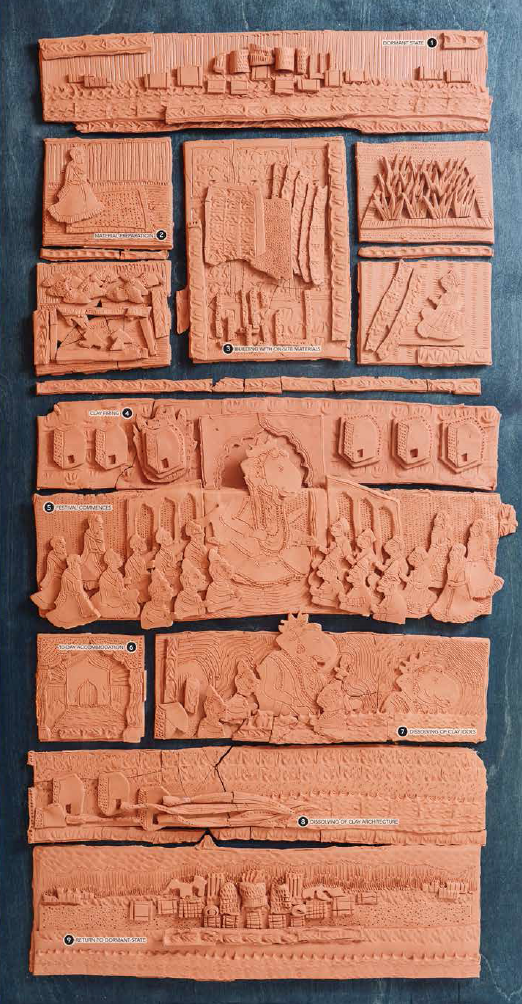
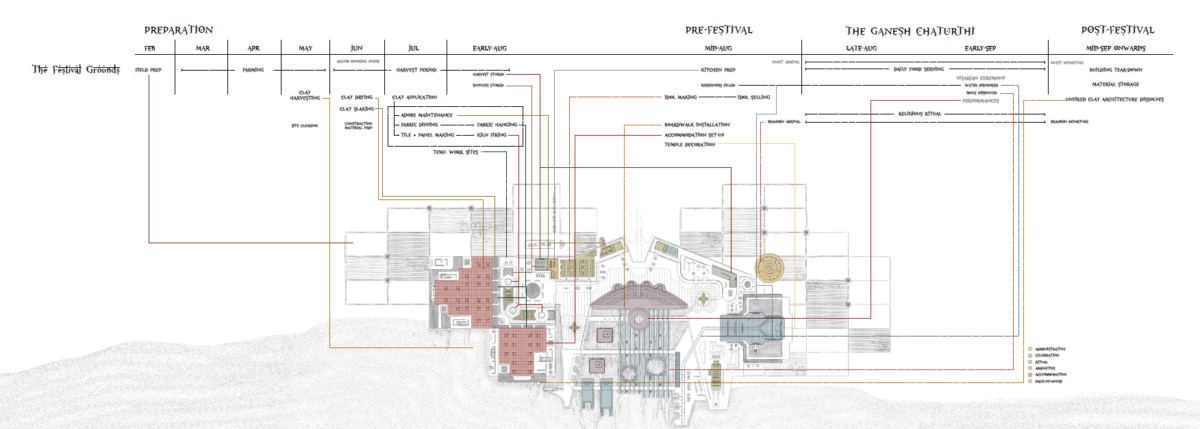


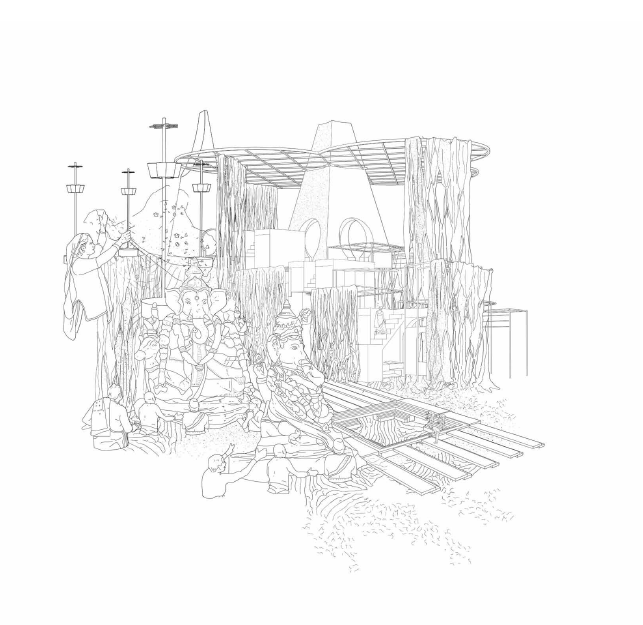

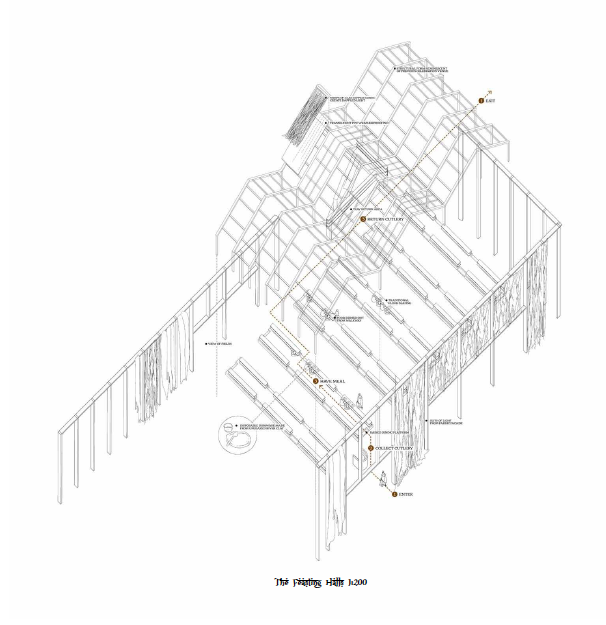
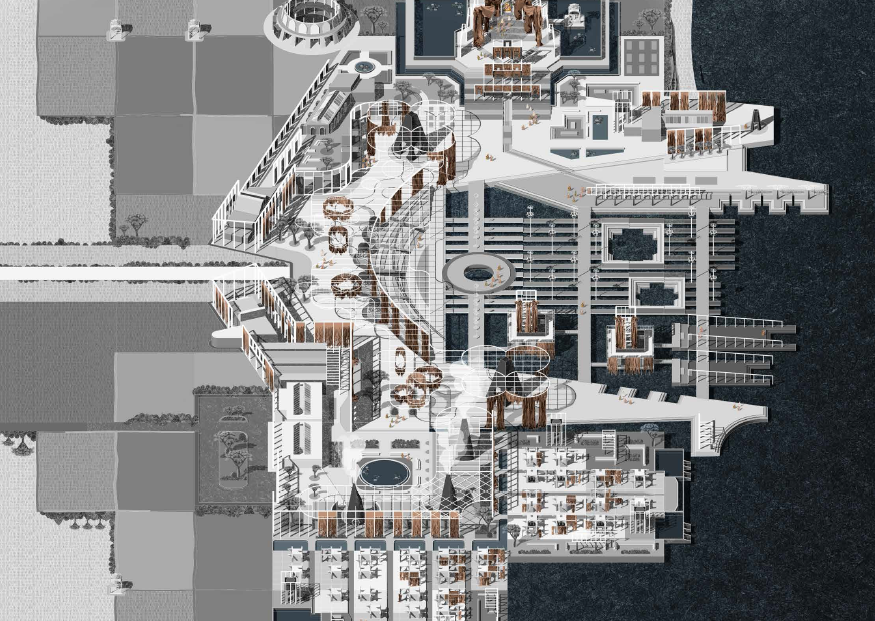

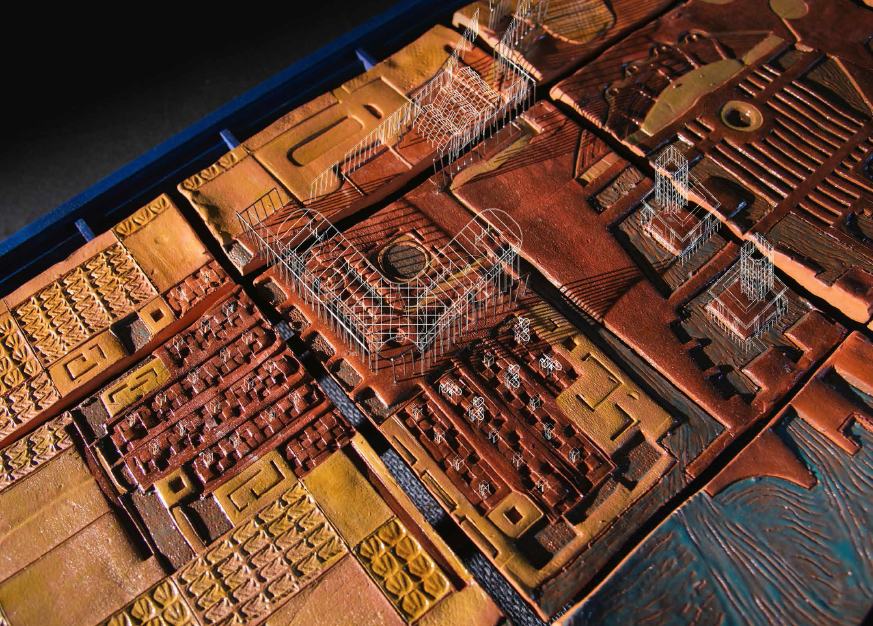


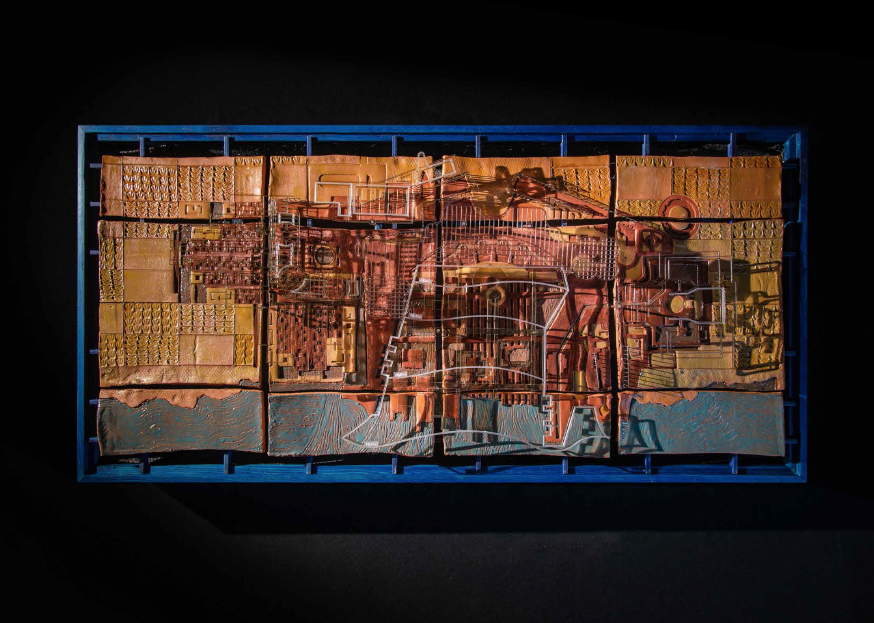

Hinterlands of a Heritage Landscape
A project celebrating the intangible heritage of Pushkar in India.














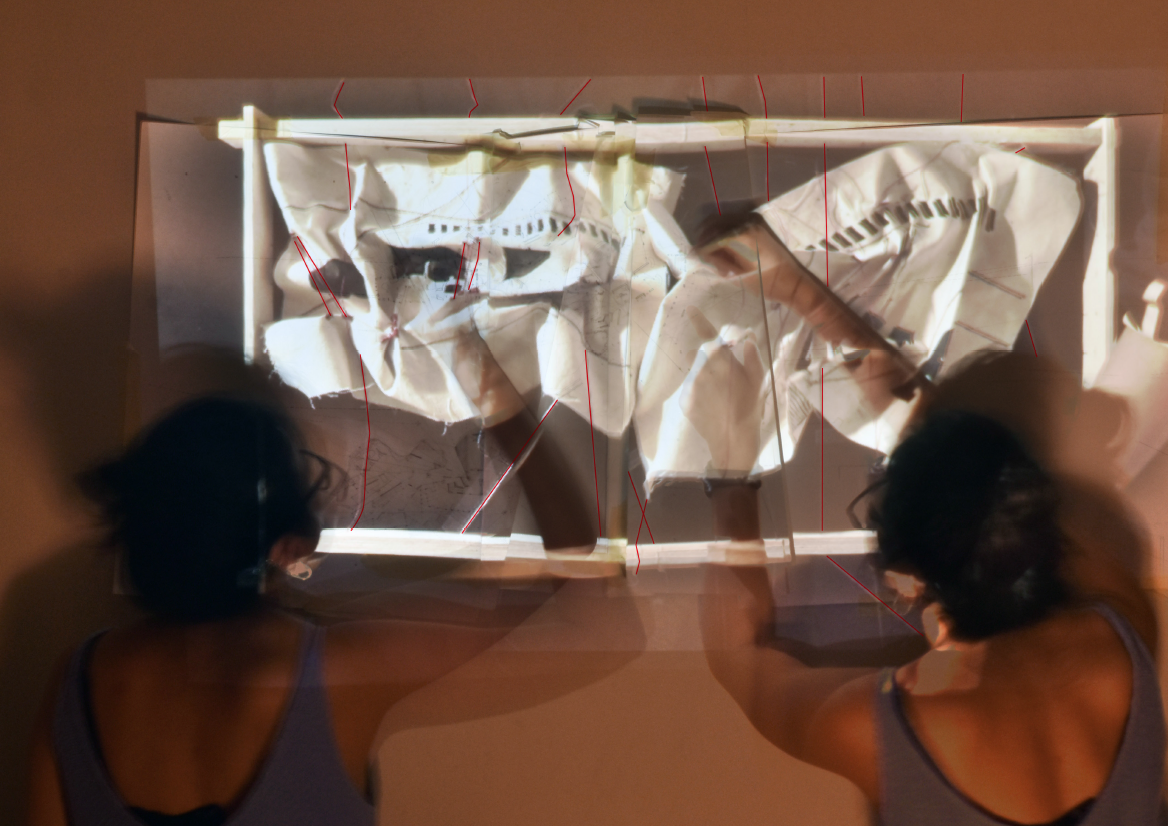
Dichotic territories: Inhabiting the in-between
Brief: My project seeks to address the phenomenon “that without ever leaving home, we exist in two places simultaneously,” for the migrant communities in London. My project is an understanding of the negotiation between interior and the culturally fluid boundary of the exterior, which is designed as an urban site strategy for housing. This is understood as a constructed inhabitable garden landscape strategy where the garden has the same cultural significance and value of the home itself – questioning a room, a space and the common. Explored through textiles, the tactile movement and pockets created are understood through space and time to understand the fragility and impermanence of both home and shelter for a variety of cultural communities.
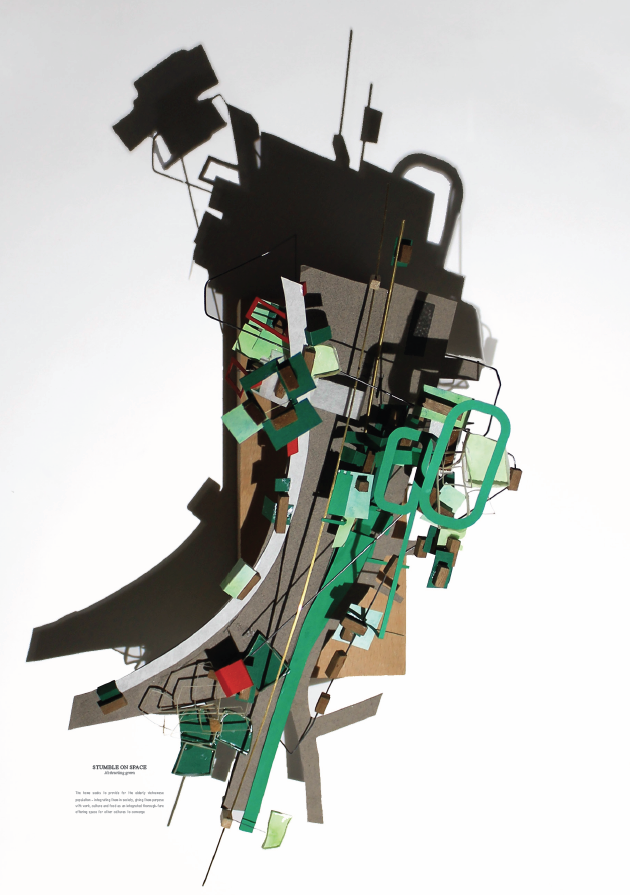
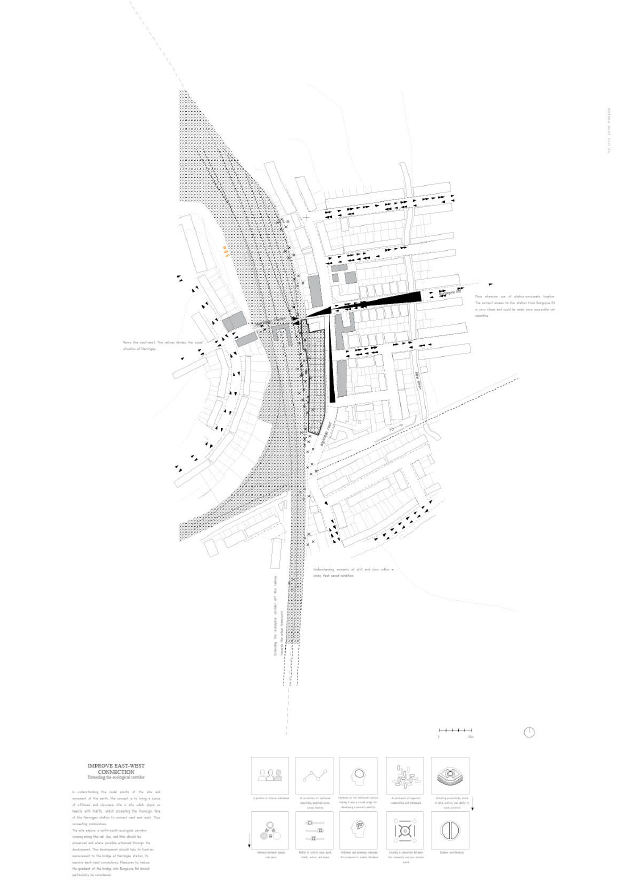
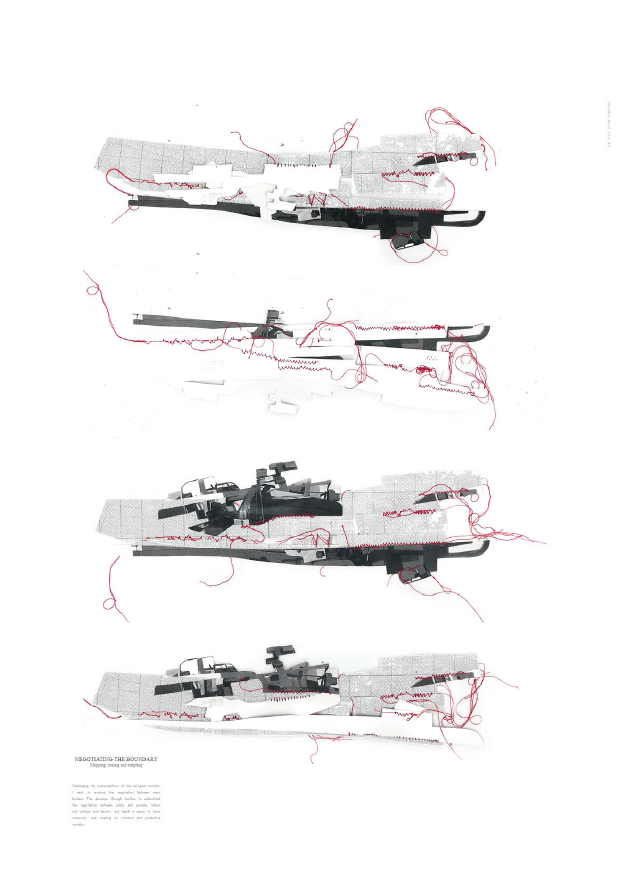
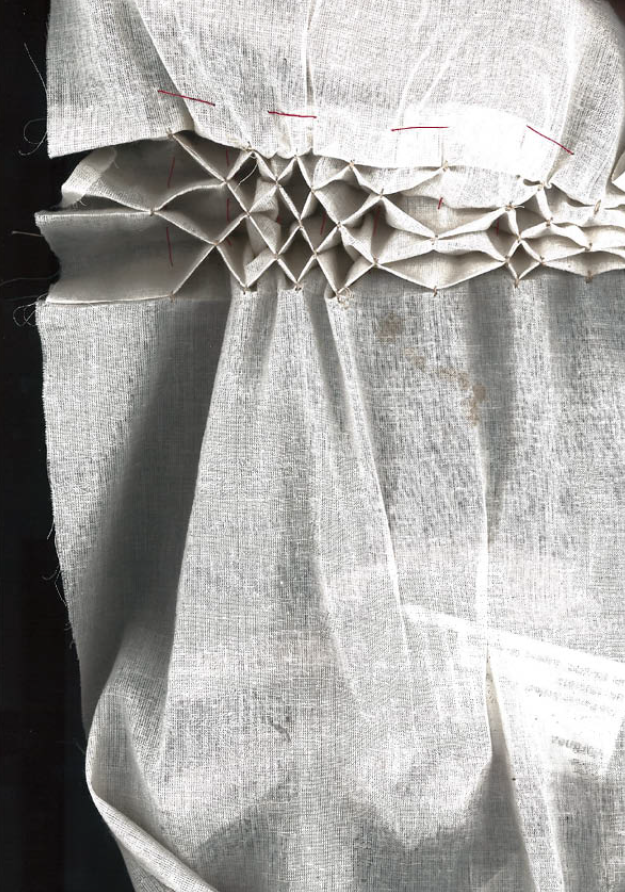
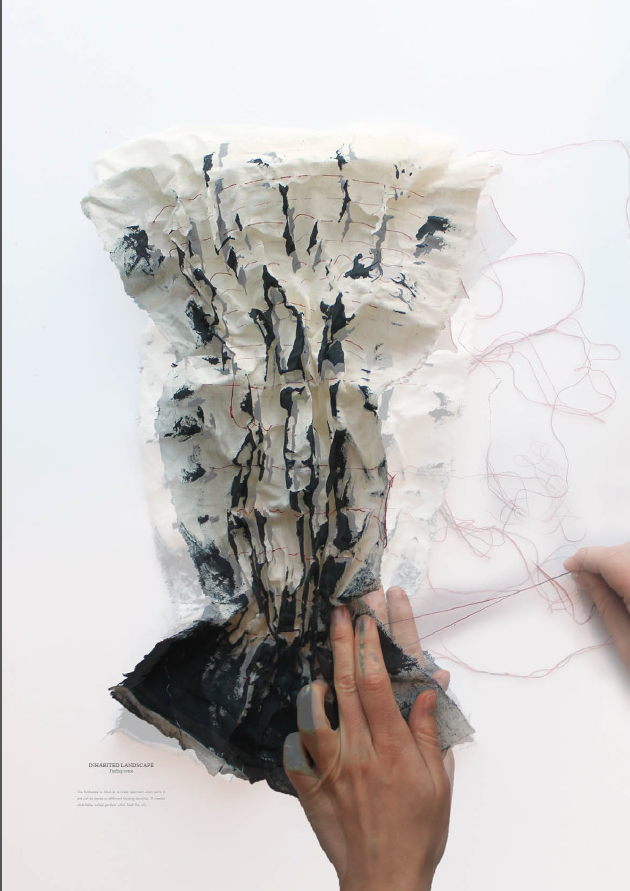
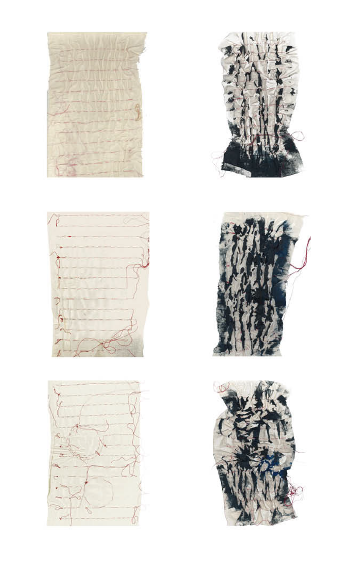
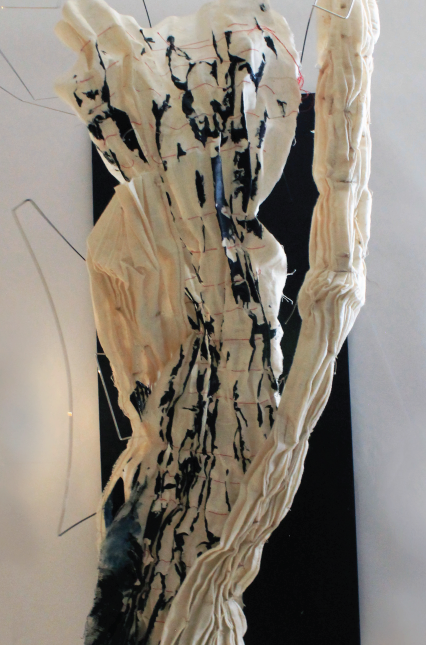
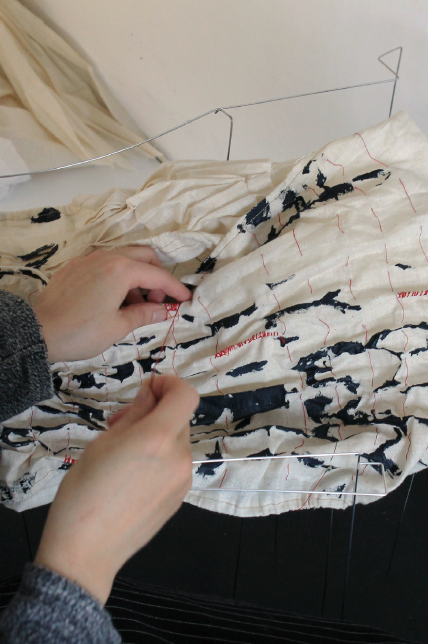
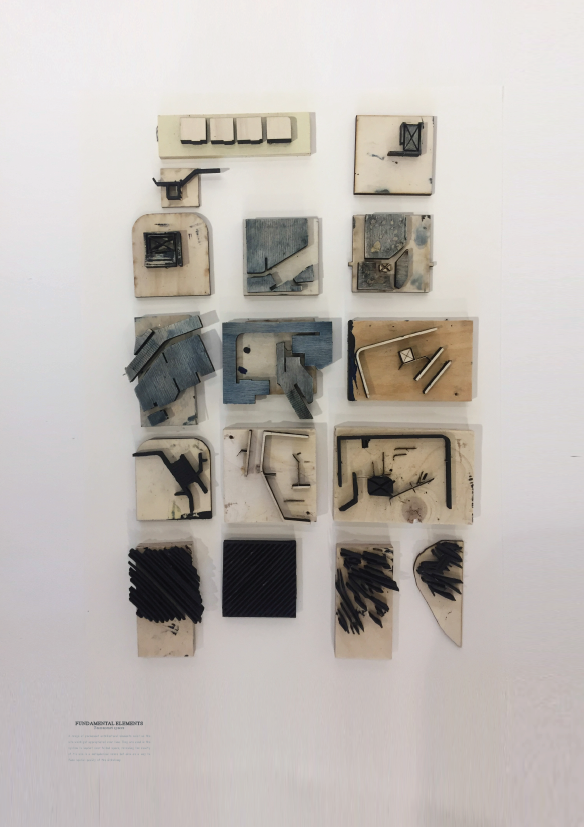
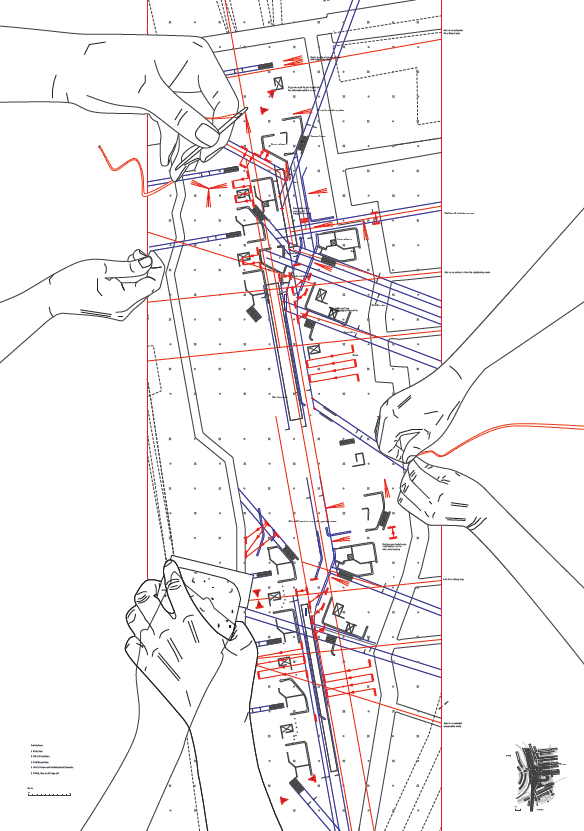
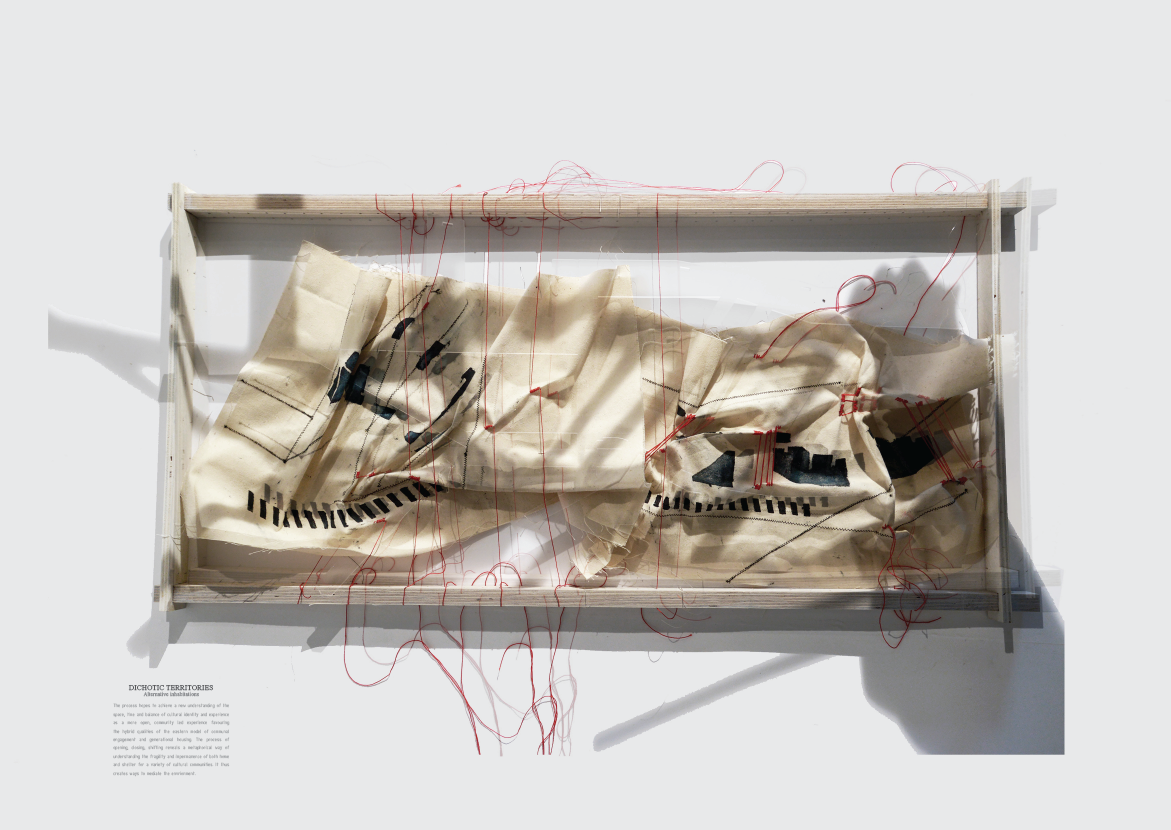
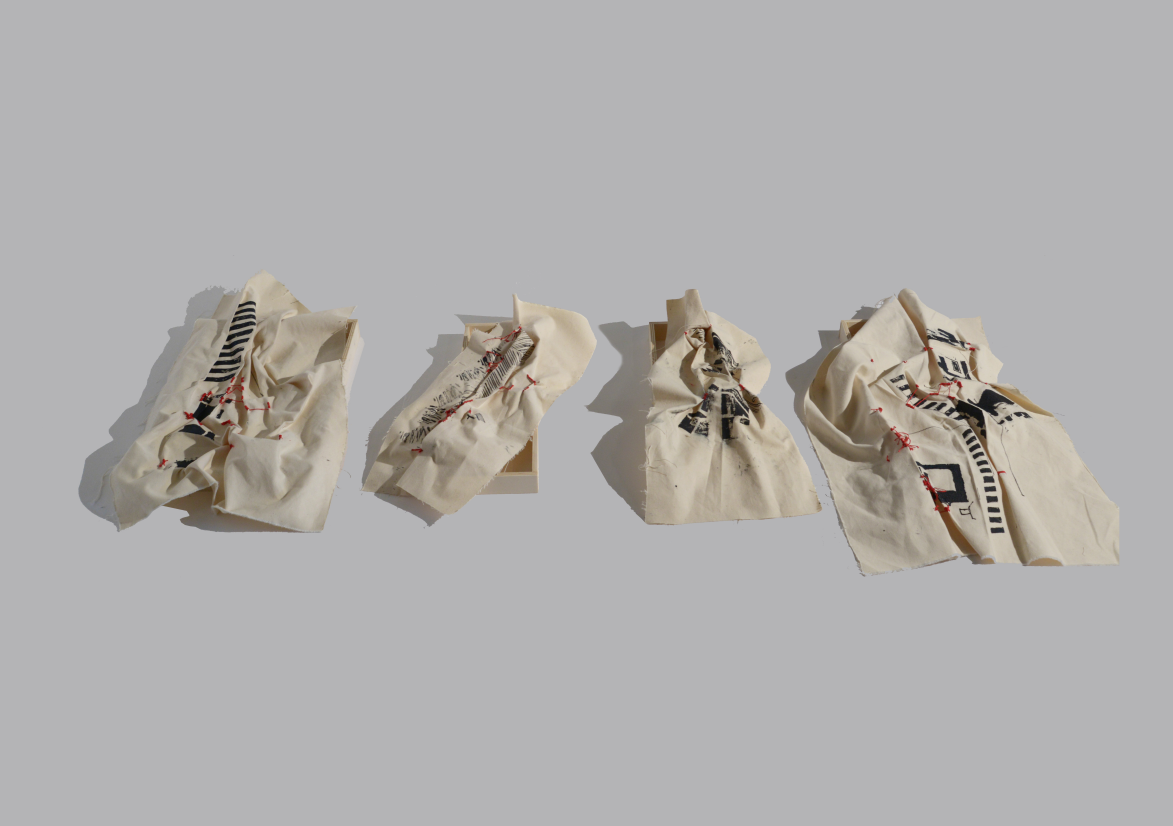
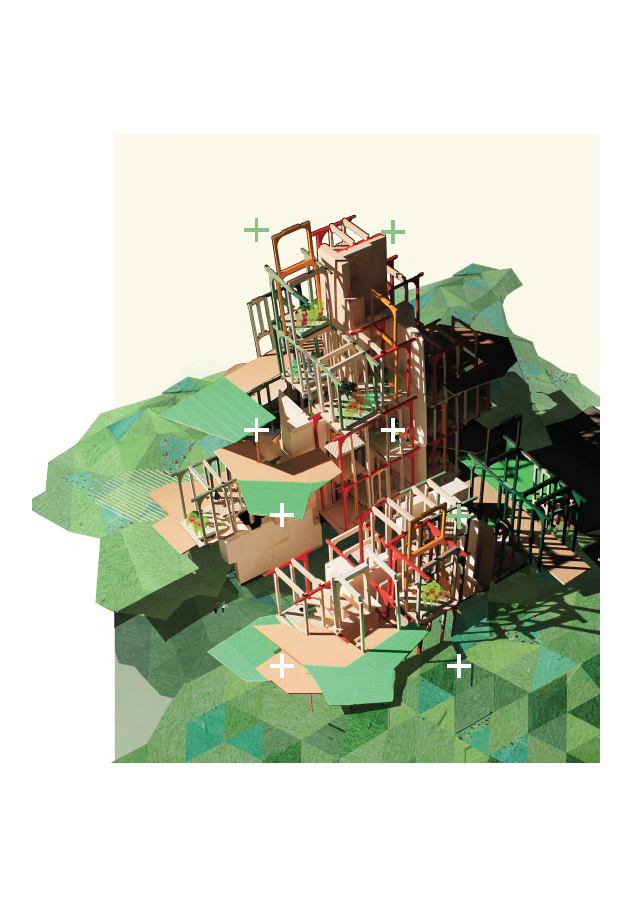
Unlocking land in the Greenbelt surrounding London.
